Likes
- One of Volkswagen’s best looking cars
- In manual-form, a truly great driving experience
- Becoming quite exclusive

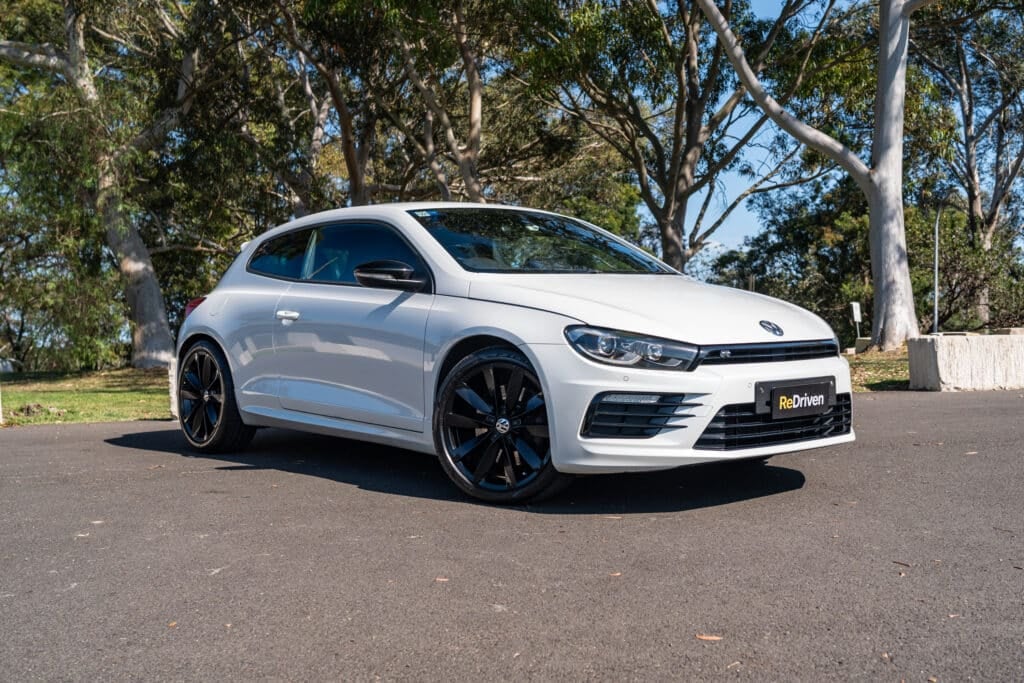
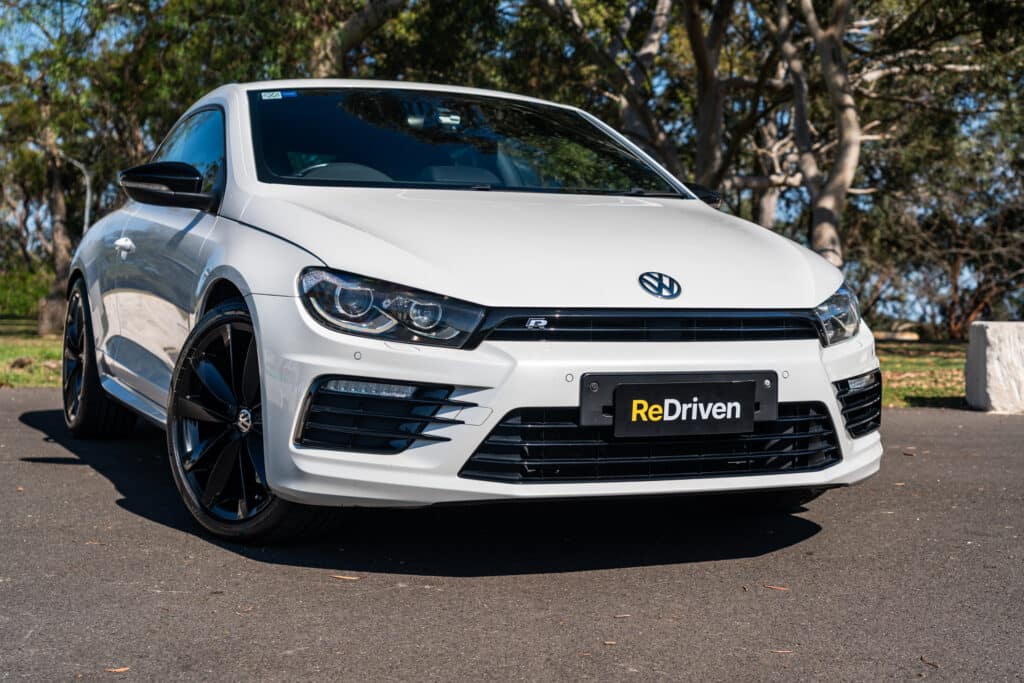
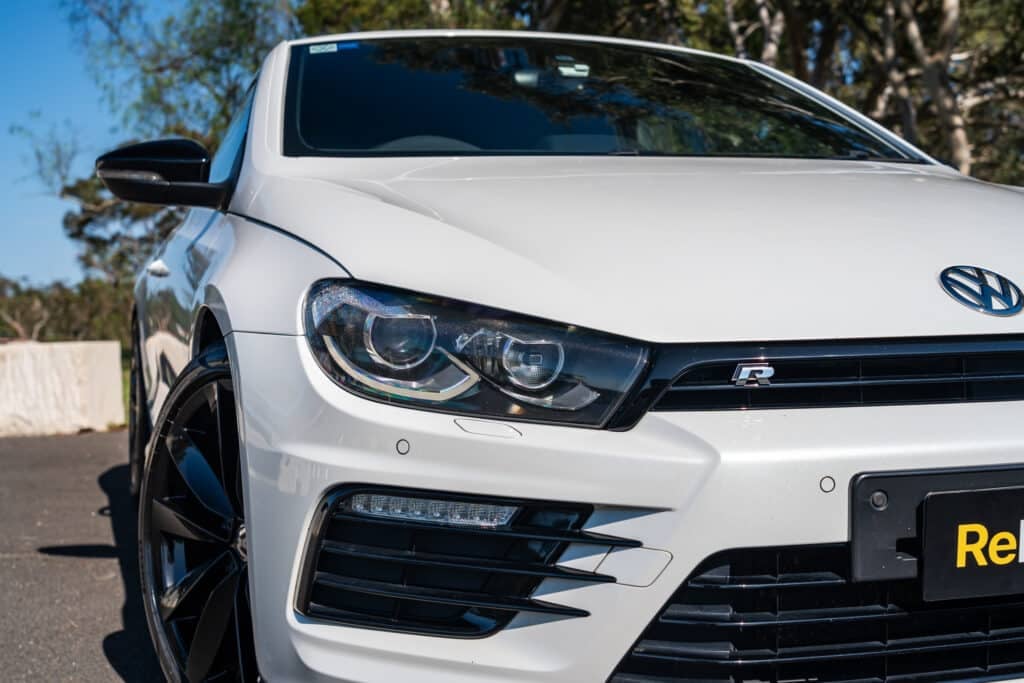
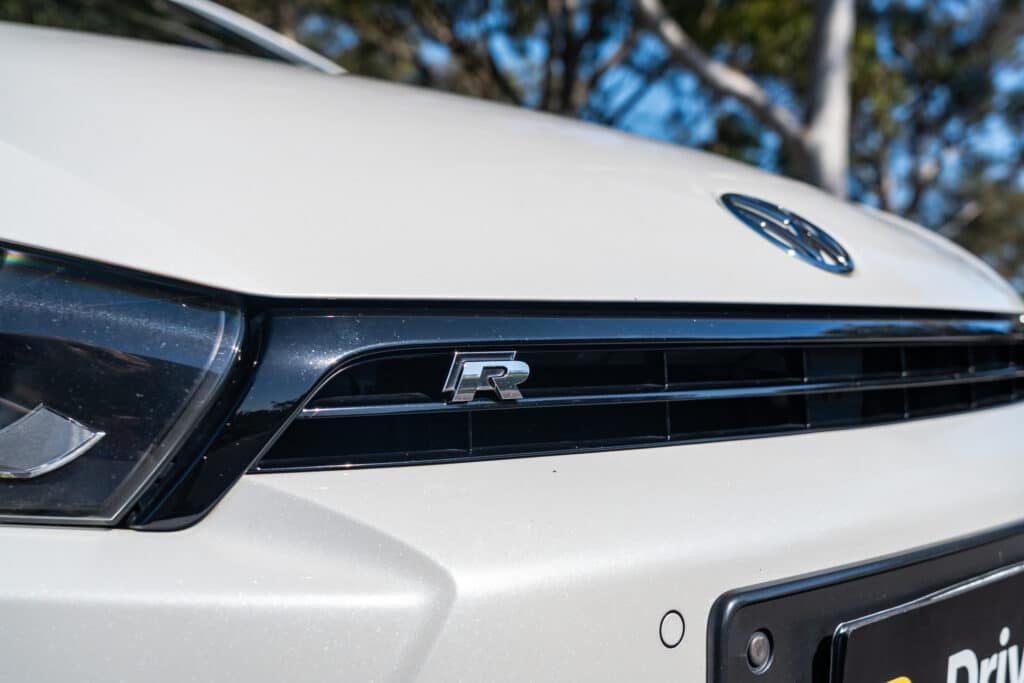
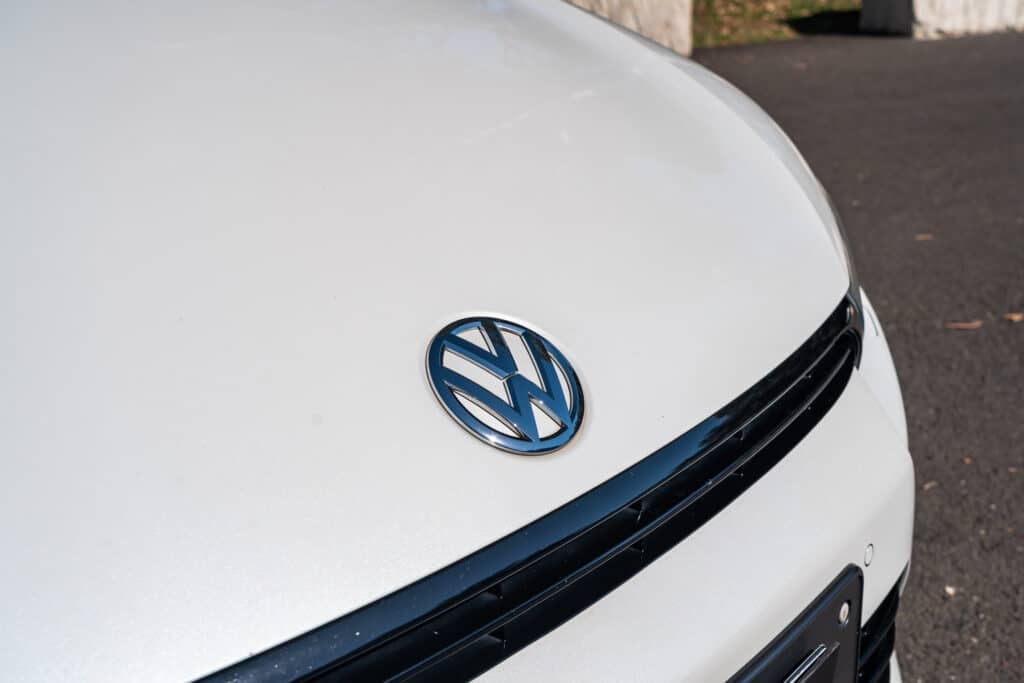
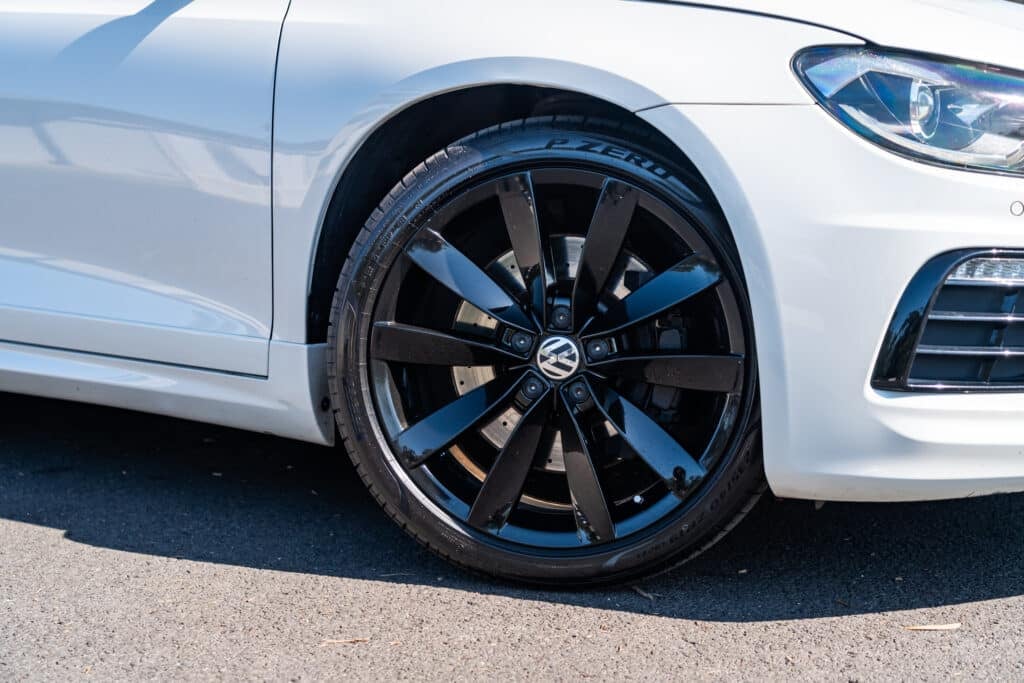


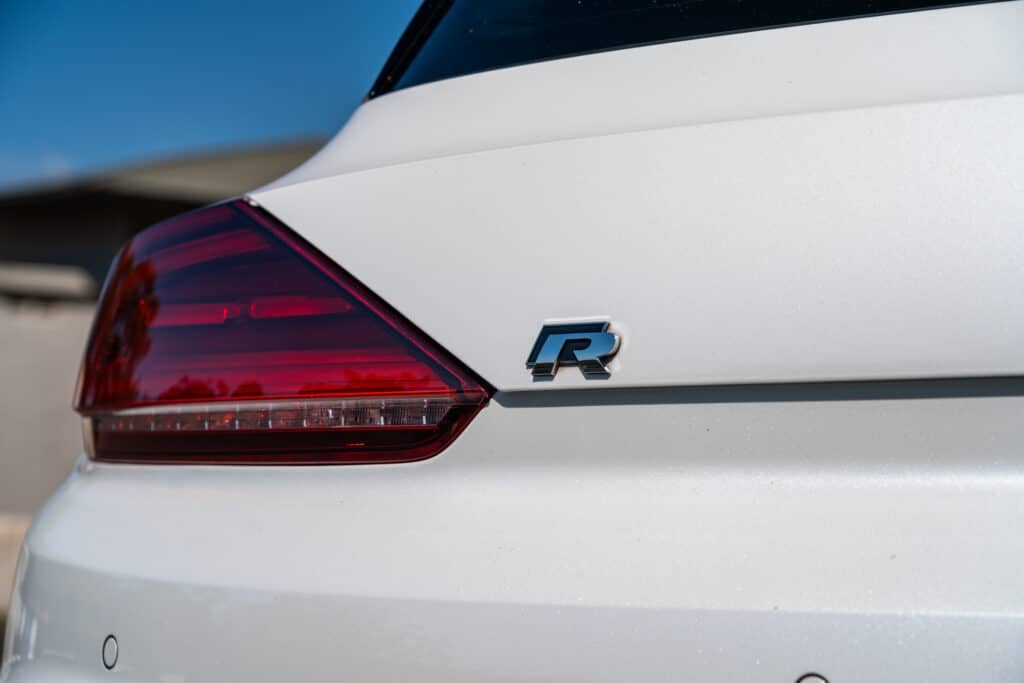
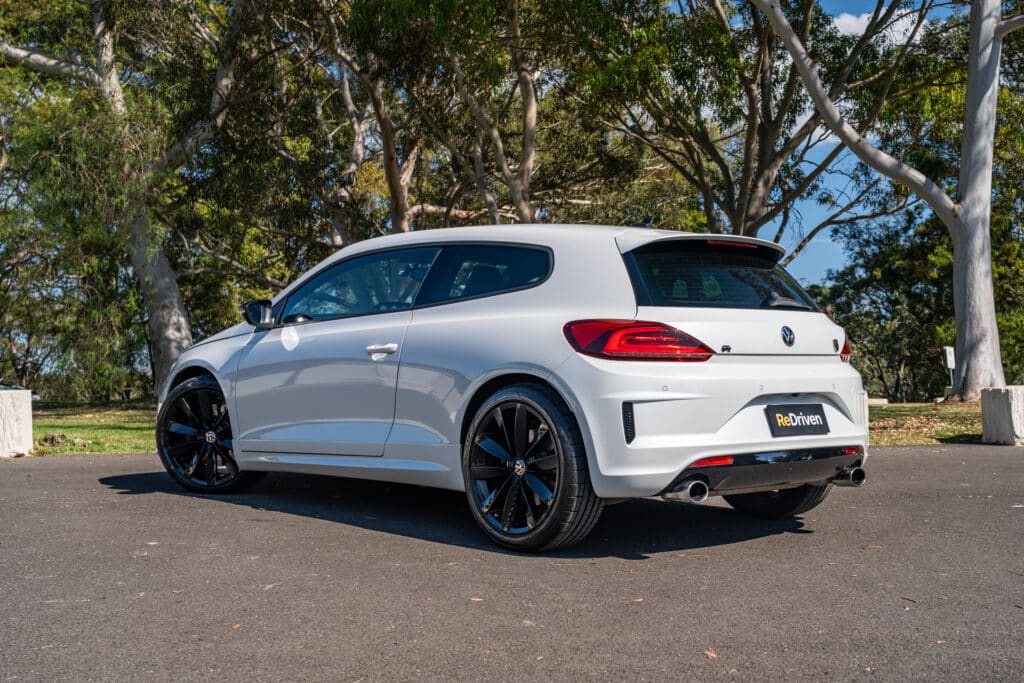
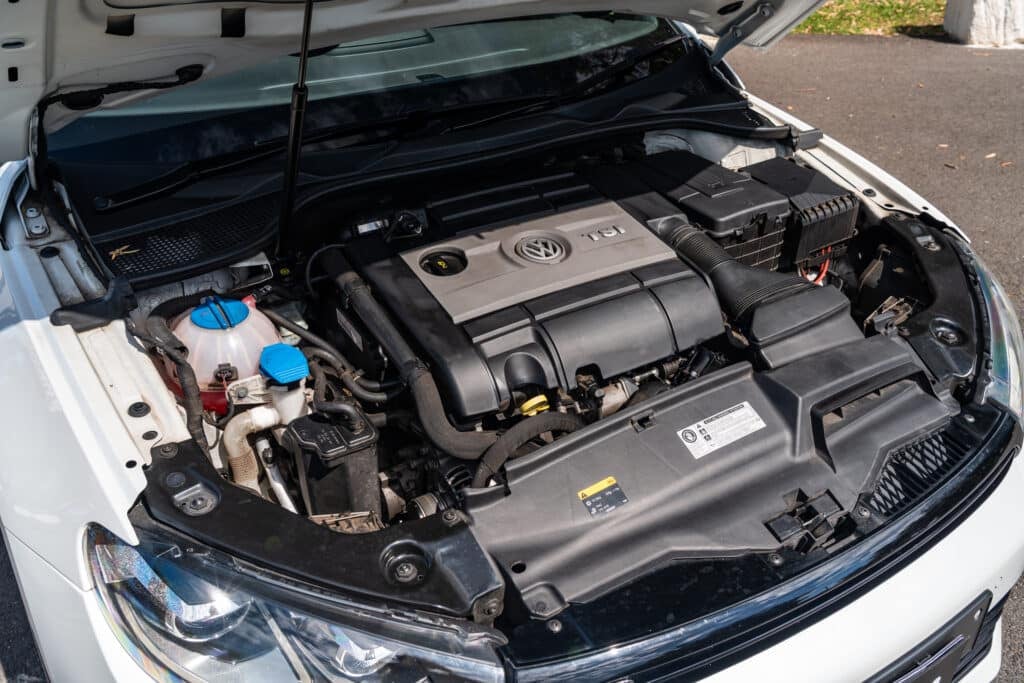
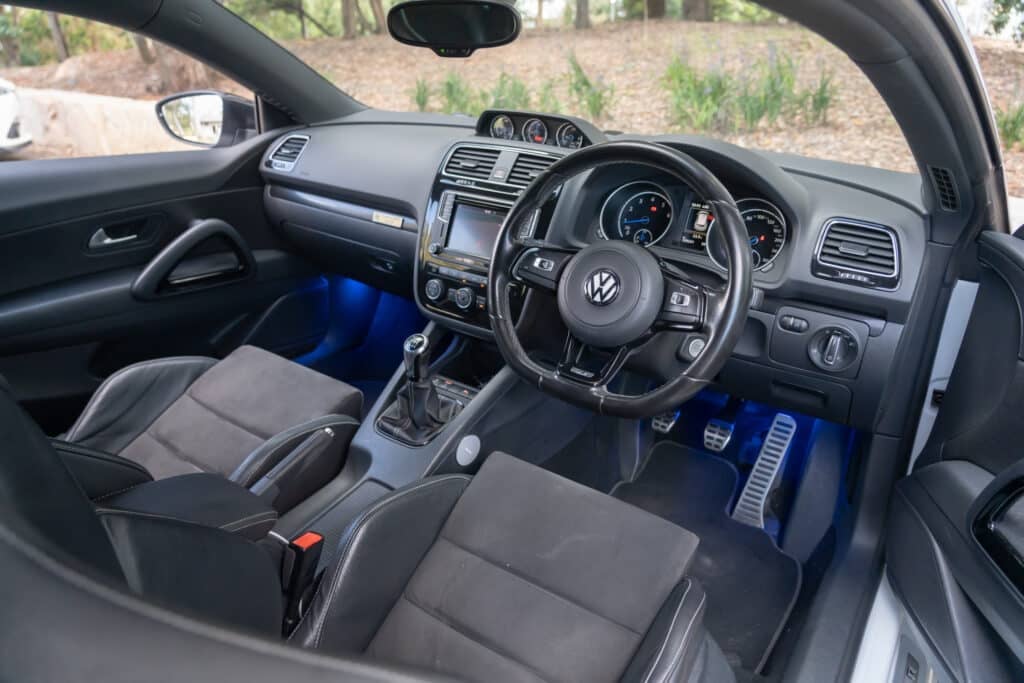

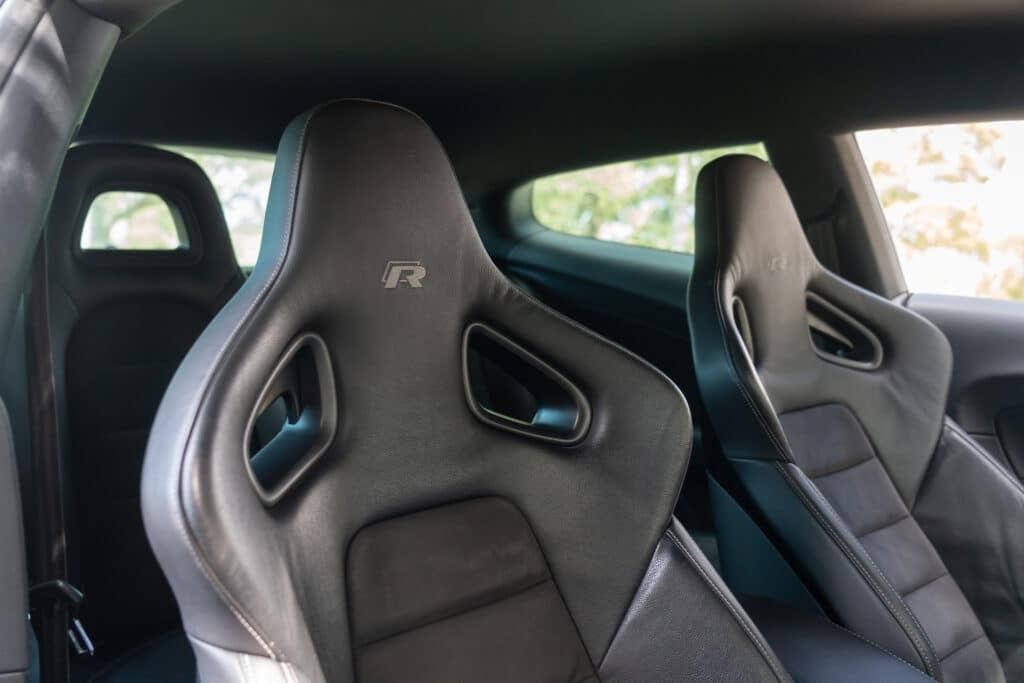
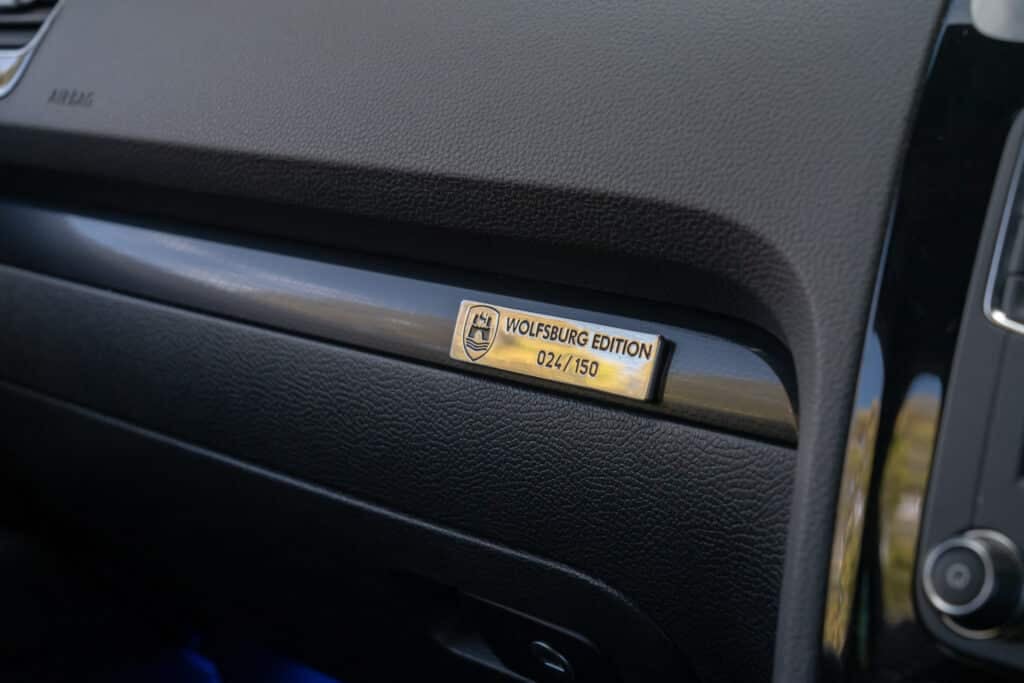
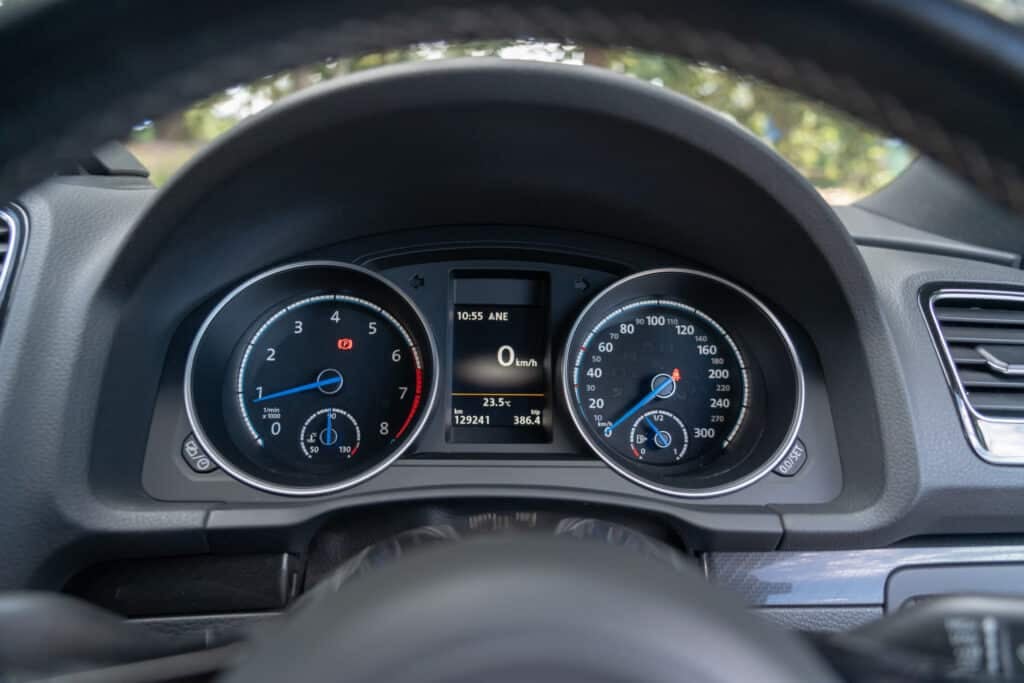
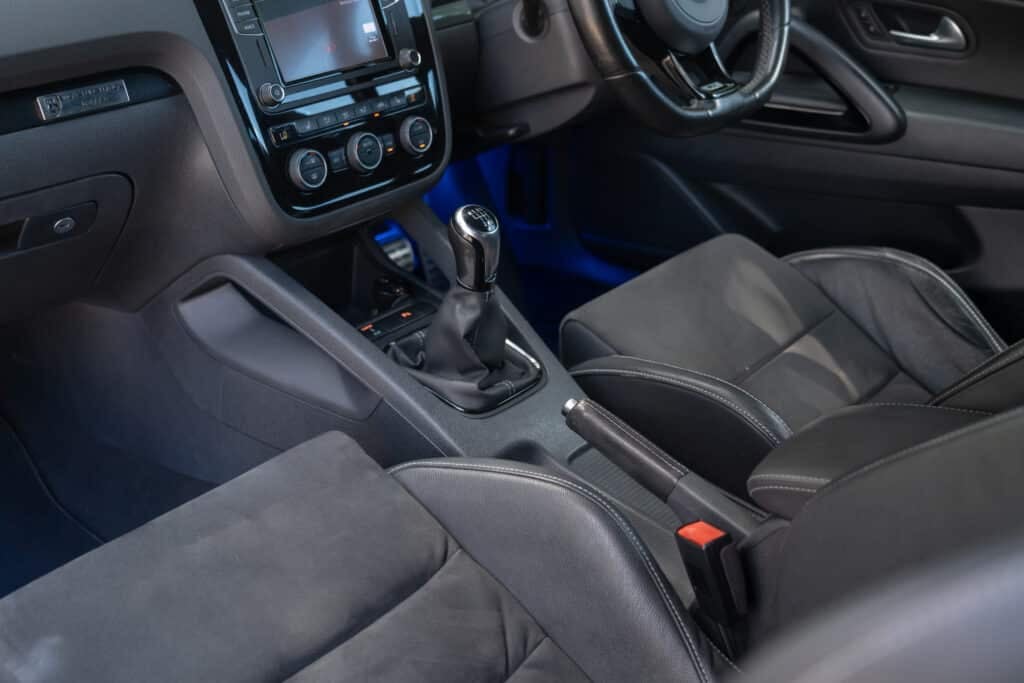
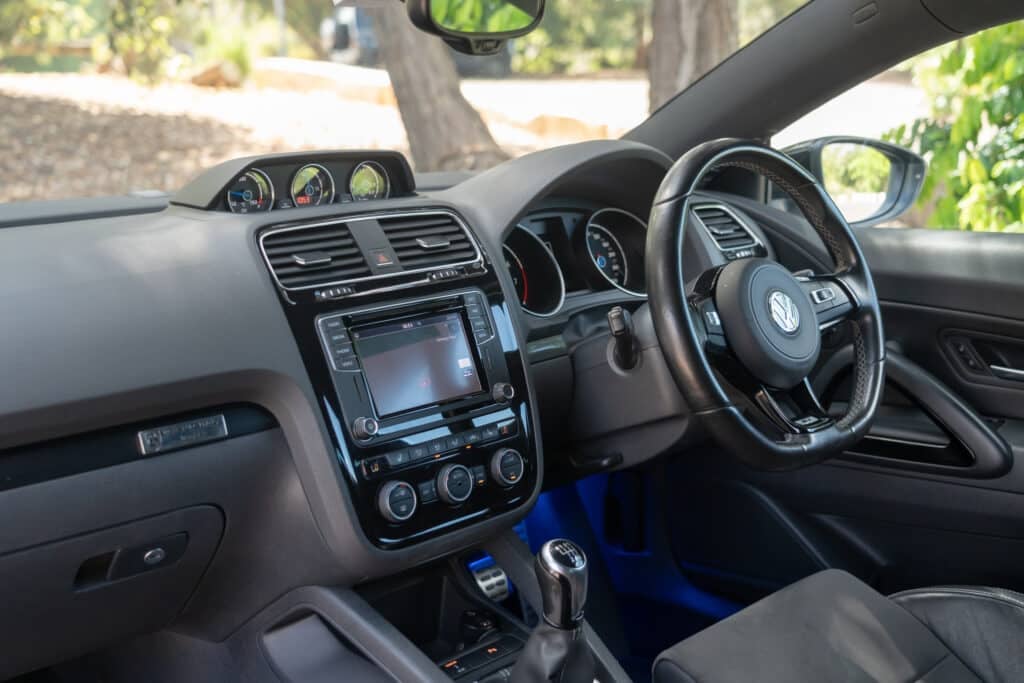
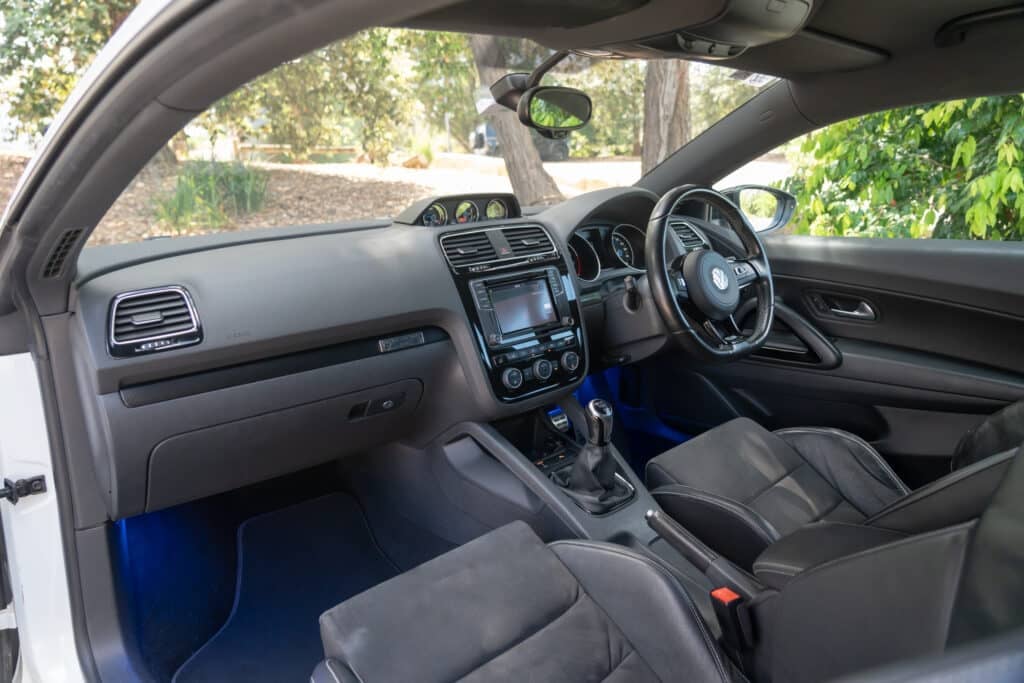
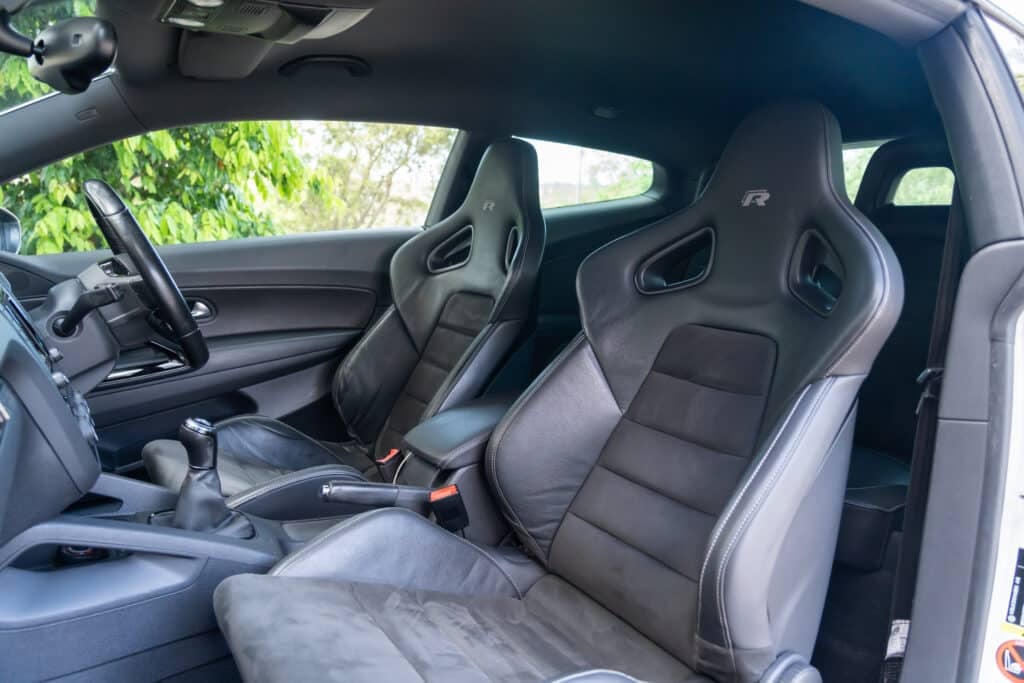
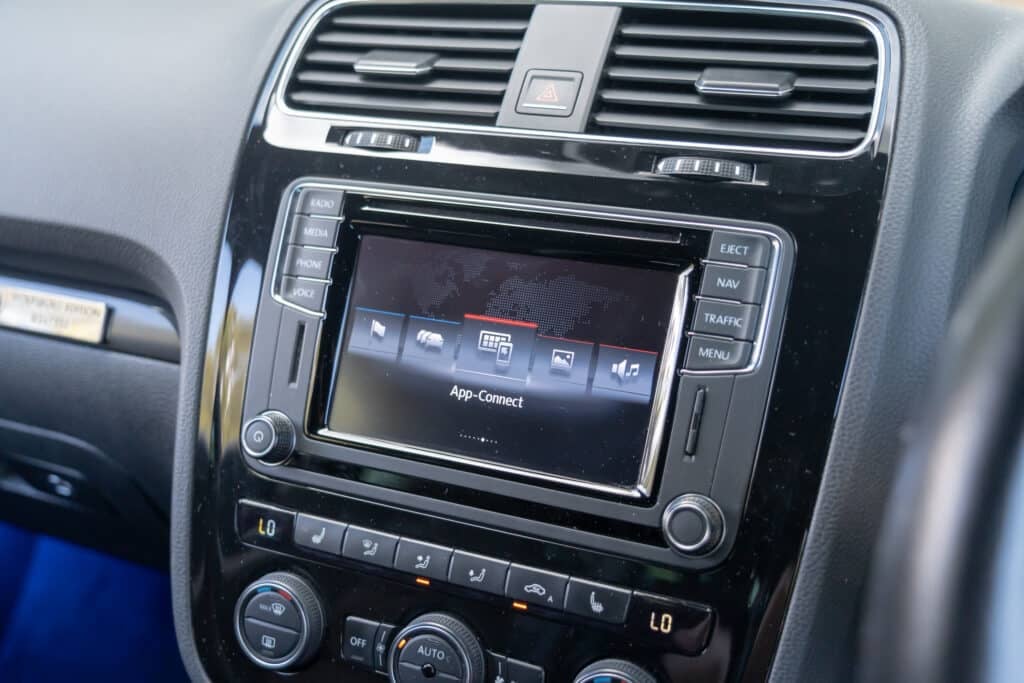
The third-generation, MK3 Volkswagen Scirocco, was a revival of a nameplate that hadn’t been seen in Volkswagen’s lineup since the late 80s. First introduced in 2008, this shared a lot of mechanical parts, including much of the same underpinnings as the MK5/6-generation Volkswagen Golf/Golf GTI – but wrapped it all around a lower-profile two-door coupe body, along with other more athletic, sportier styling throughout its exterior.
Worldwide, the MK3 Scirocco was produced from 2008 to 2017, but for Australia, the Scirocco didn’t arrive until 2011.
Available only as a front-wheel drive, two-door coupe-hatchback, the MK3-gen Scirocco featured various four-cylinder engines. In other regions, this included a 1.4L turbocharged petrol four-cylinder and a 2.0L turbodiesel four-cylinder, but for the Australian market, we got only one engine – a 2.0L turbocharged four-cylinder (EA113). Transmissions included a six-speed manual and Volkswagen’s famed dual-clutch automatic transmission, known as ‘DSG’ (Direct Shift Gearbox).
The MK3 Scirocco can be split between two iterations: pre-facelift, Scirocco MK3 I (2011-2014), and post-facelift, Scirocco MK3 II (2014-2017), which saw revisions to the bumpers, grille design, the addition of bi-xenon headlights with daytime running LED lights, as well as more up-to-date cabin tech.
Like its Golf sibling, a high-performance variant, known as the Scirocco R, was also made available: distinguished with its model-specific Blue paint, ‘R’ specific body kit, alloy wheels, and dual-exhaust tips, along with the most powerful variant of the 2.0L turbocharged four-cylinder. Certain markets also saw the addition of the ‘R-Line’ trim from 2011 onwards, which brought exterior styling (bumpers, side skirts etc.) inspired by the R models, omitting the major performance upgrades.
Also, unlike other markets, where as part of the MK3 II post-update (2014-2017), the engine was changed to the updated four-cylinder unit (EA888) found in the MK7 Golf GTI/Audi S3 and other Volkswagen/Audi group cars post-2015, for Australian-market Sciroccos, the 2.0L four-cylinder engine remained the same (EA113), pre- and post-update.
The MK3-gen VW Scirocco was arguably one of the most stylish models offered by the German brand when it first went on sale, and now, on the used market, many examples look attractive as an entry-level, compact sports hatch. But while some might appear to be attractive bargains, what are some of the issues that affect these VWs, and are any of these serious enough to discourage buying a used one?
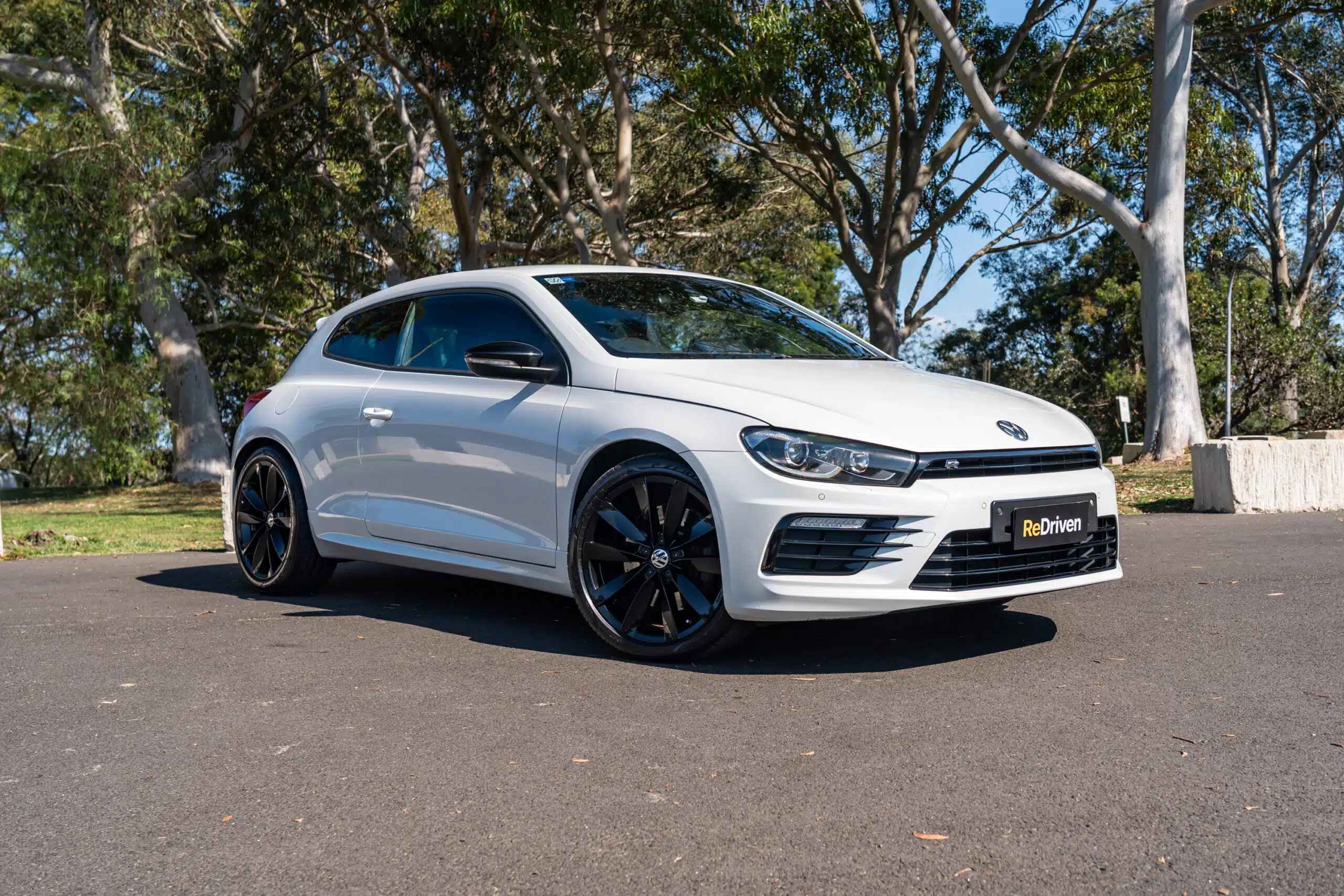
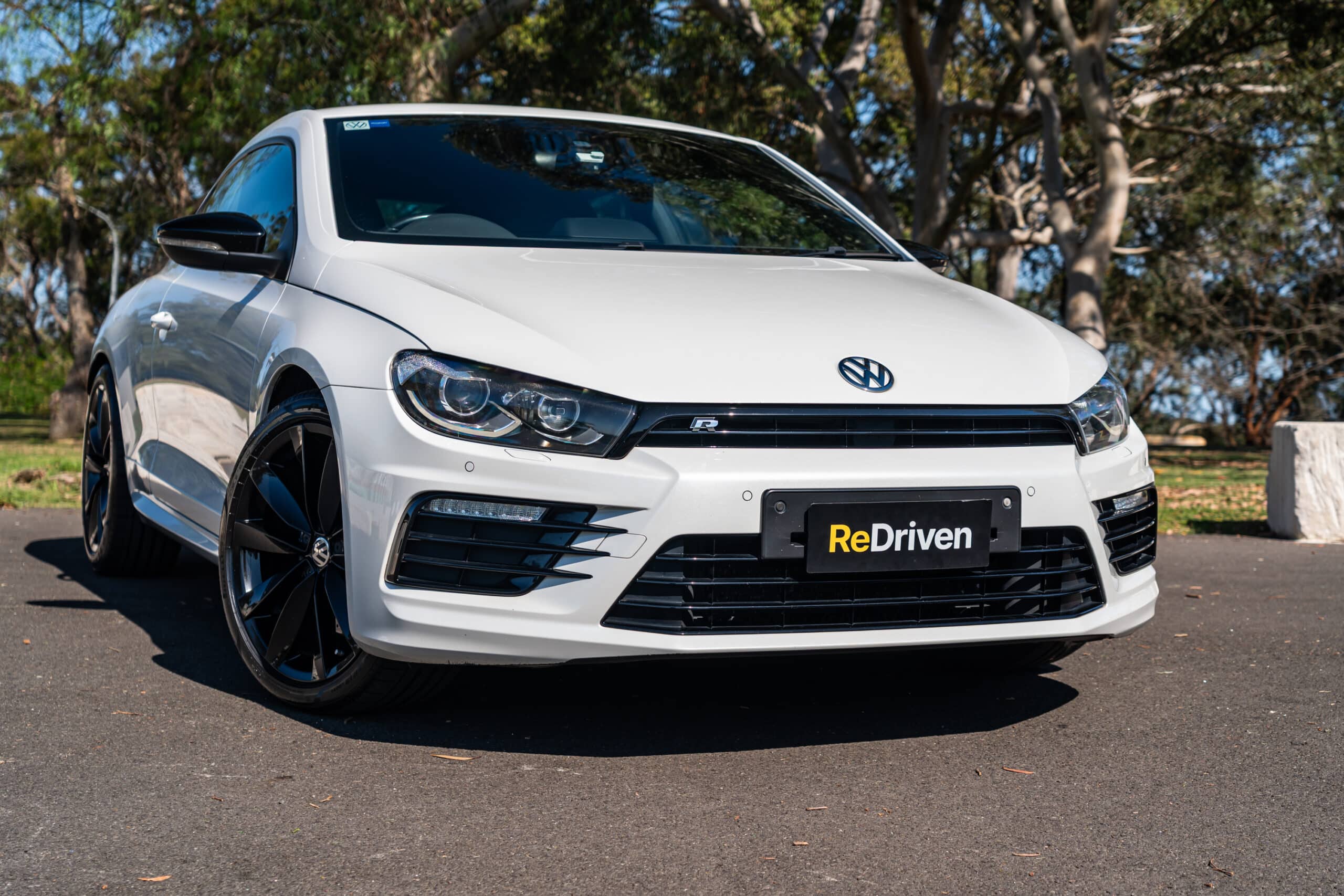
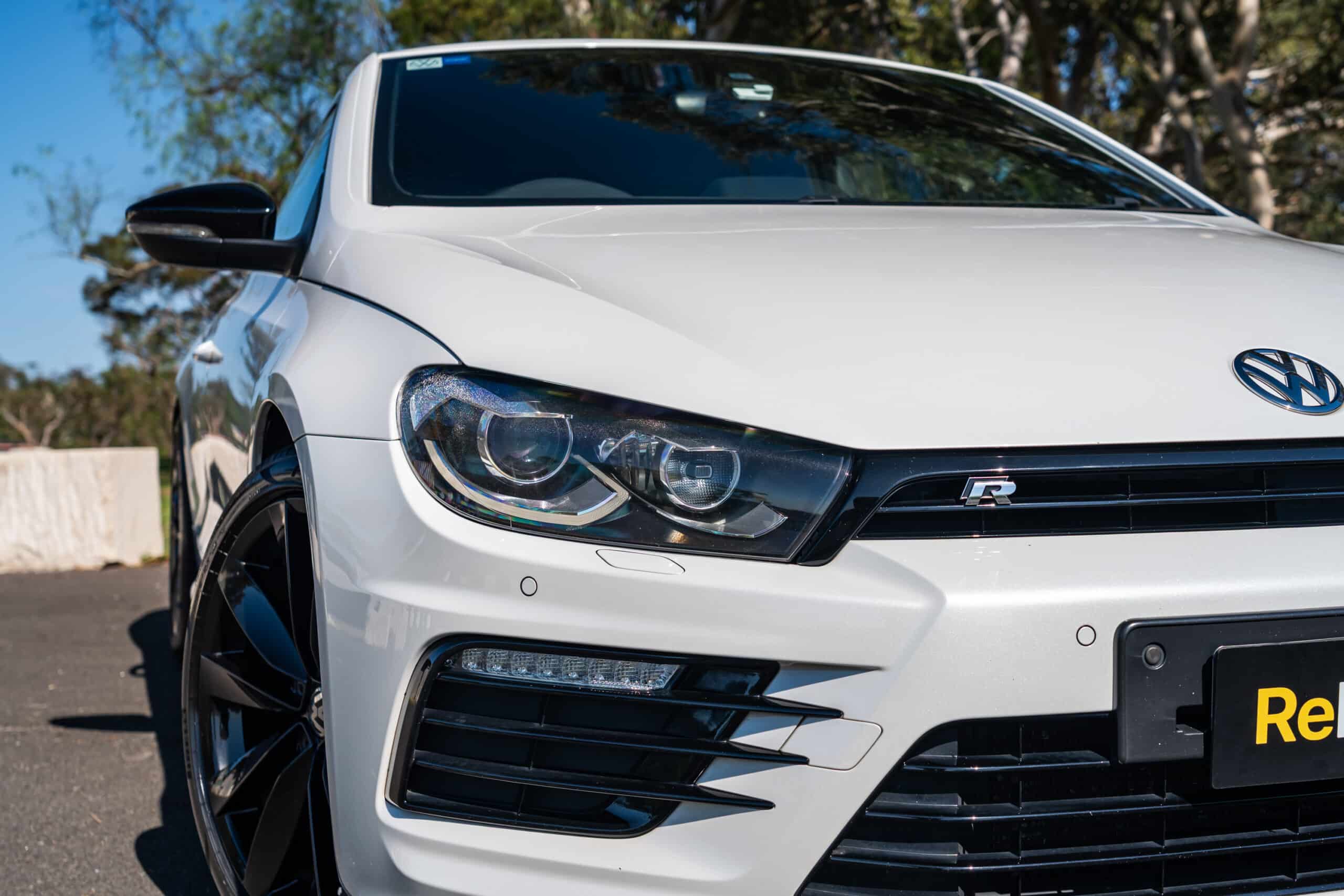
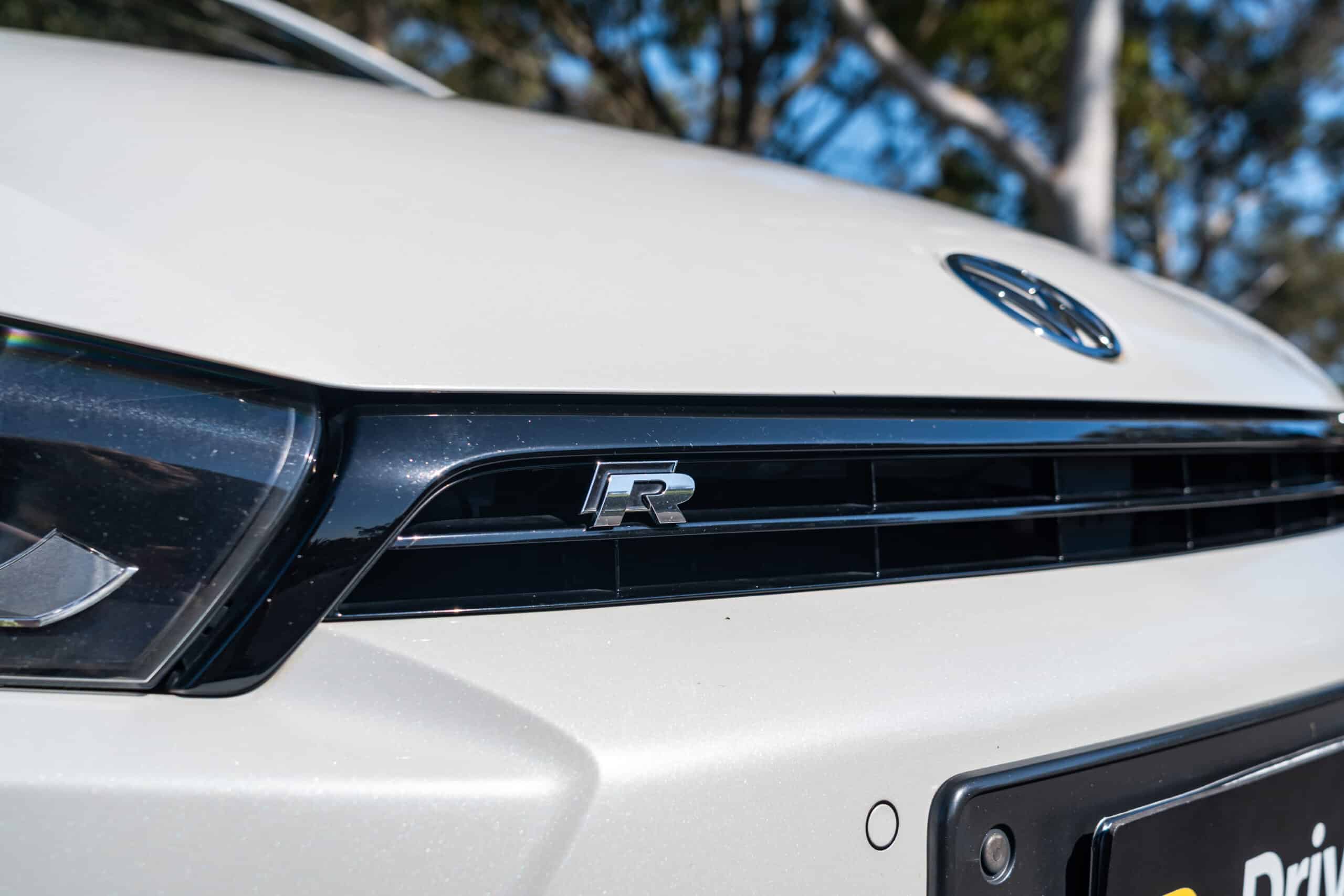
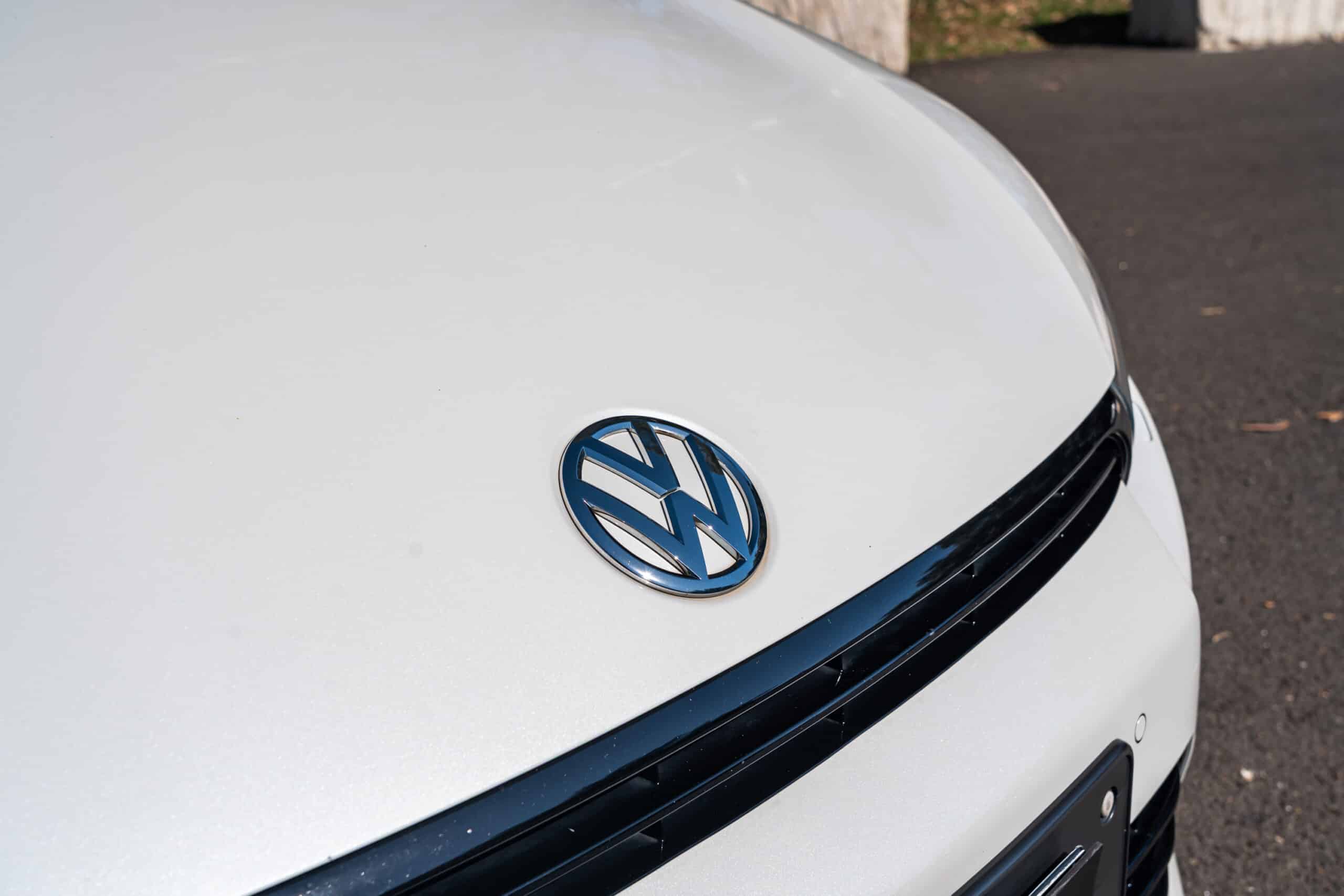
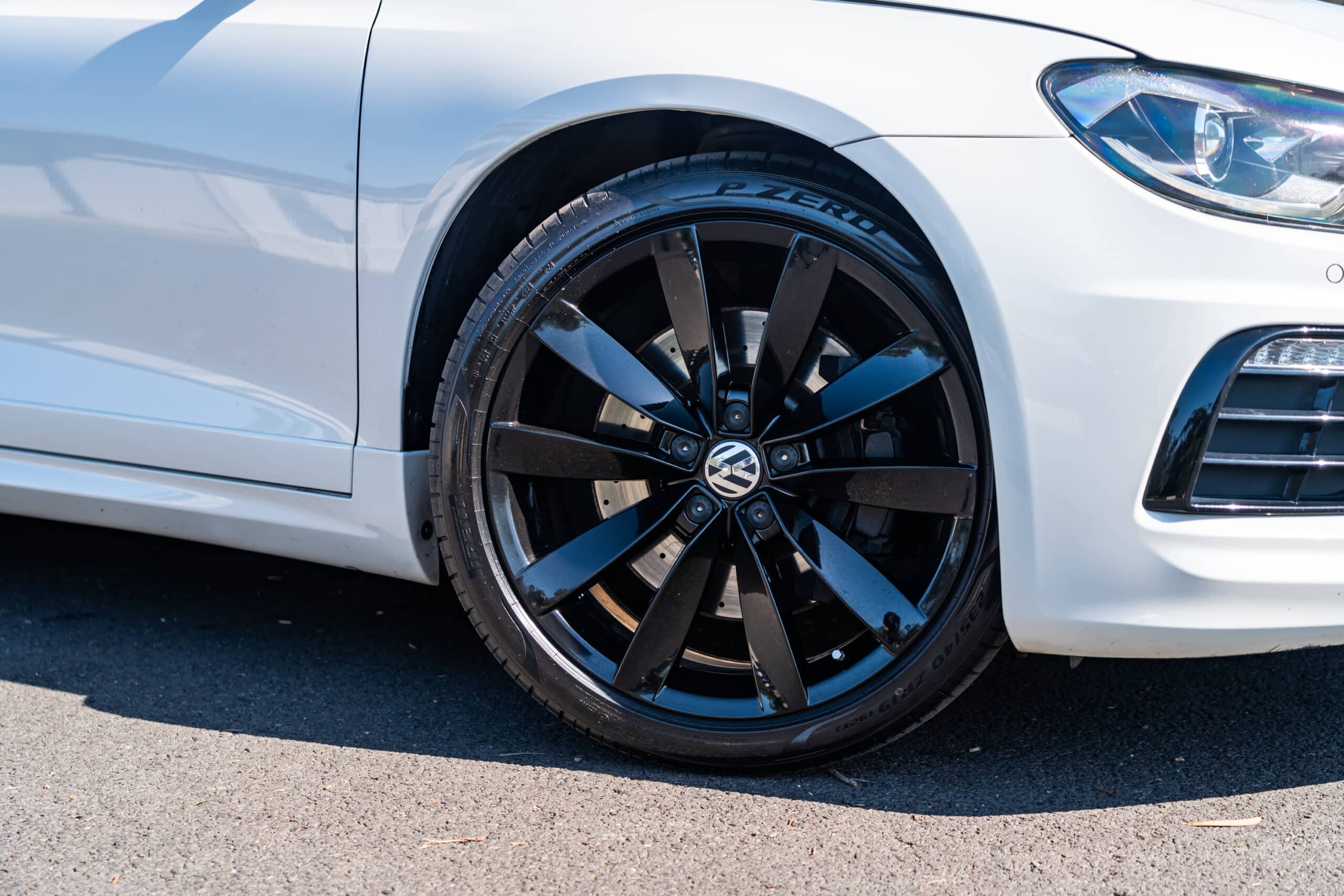

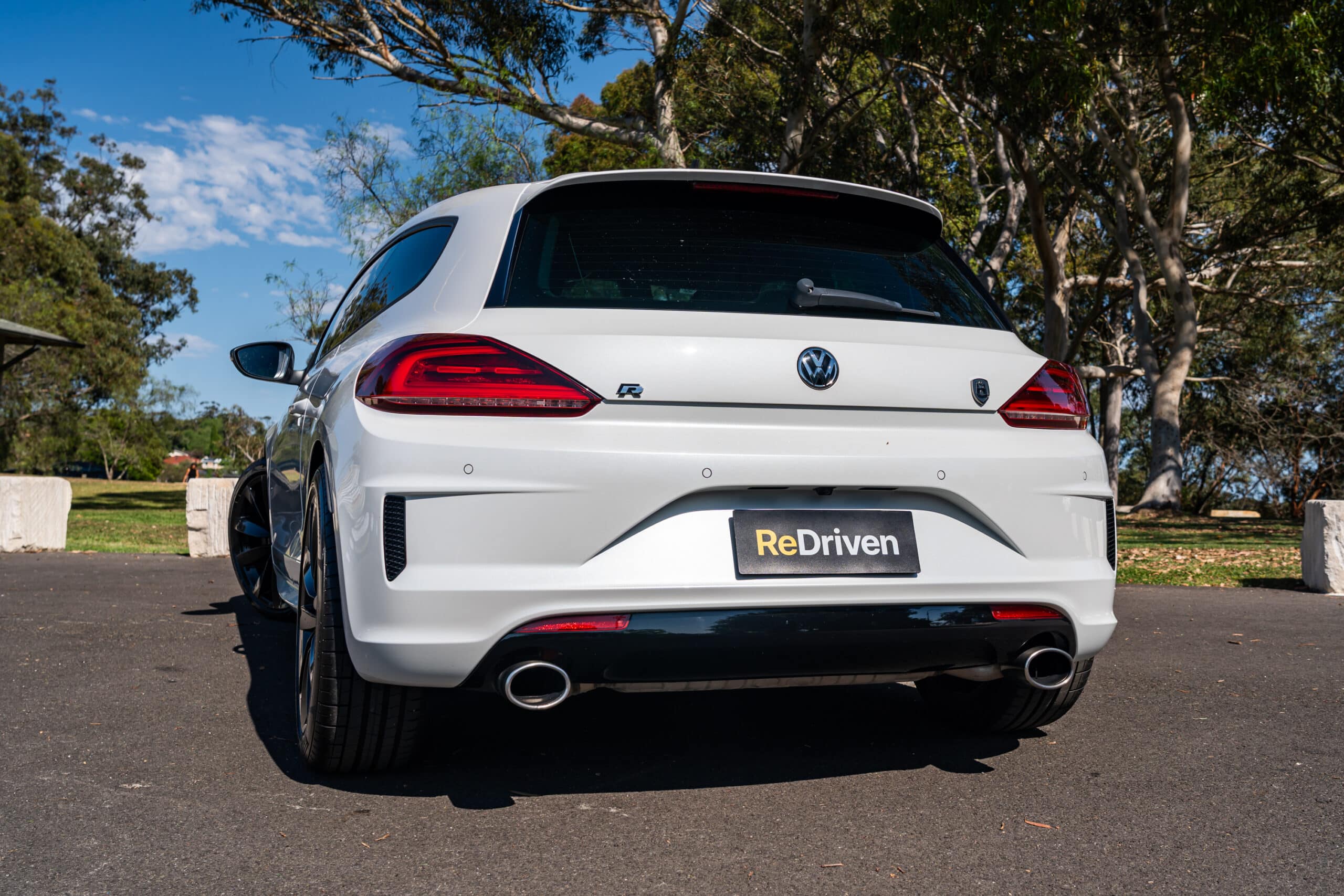
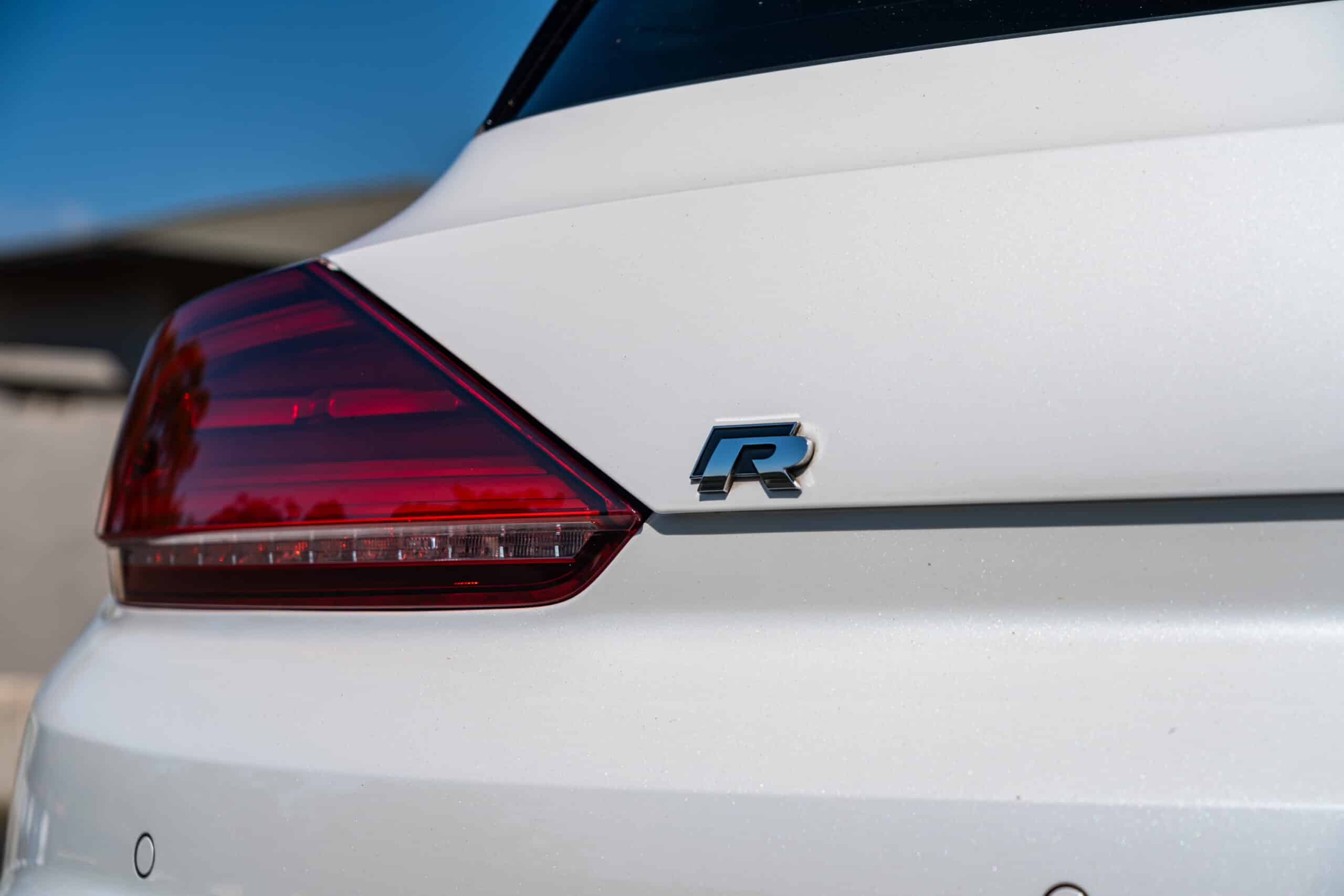
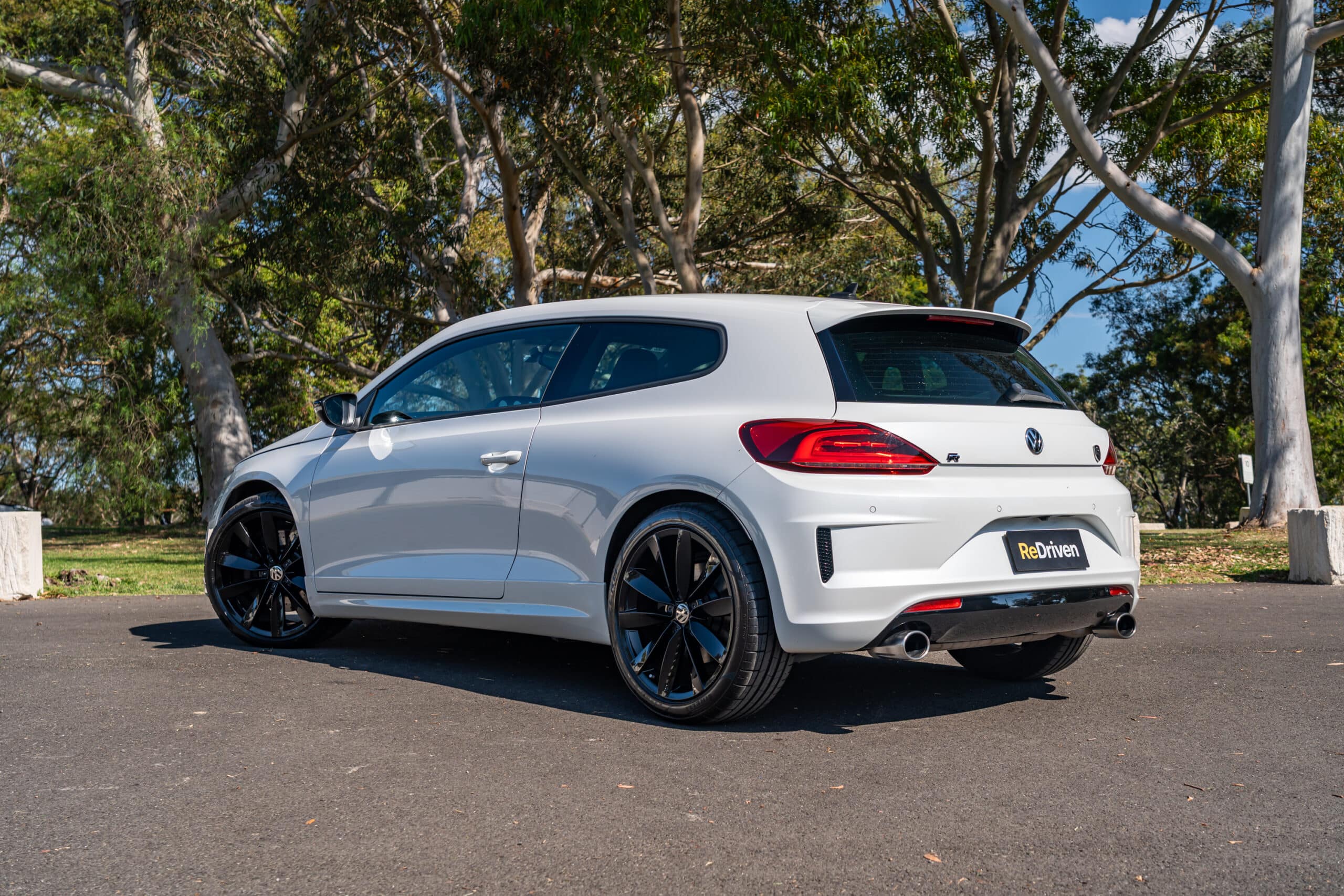
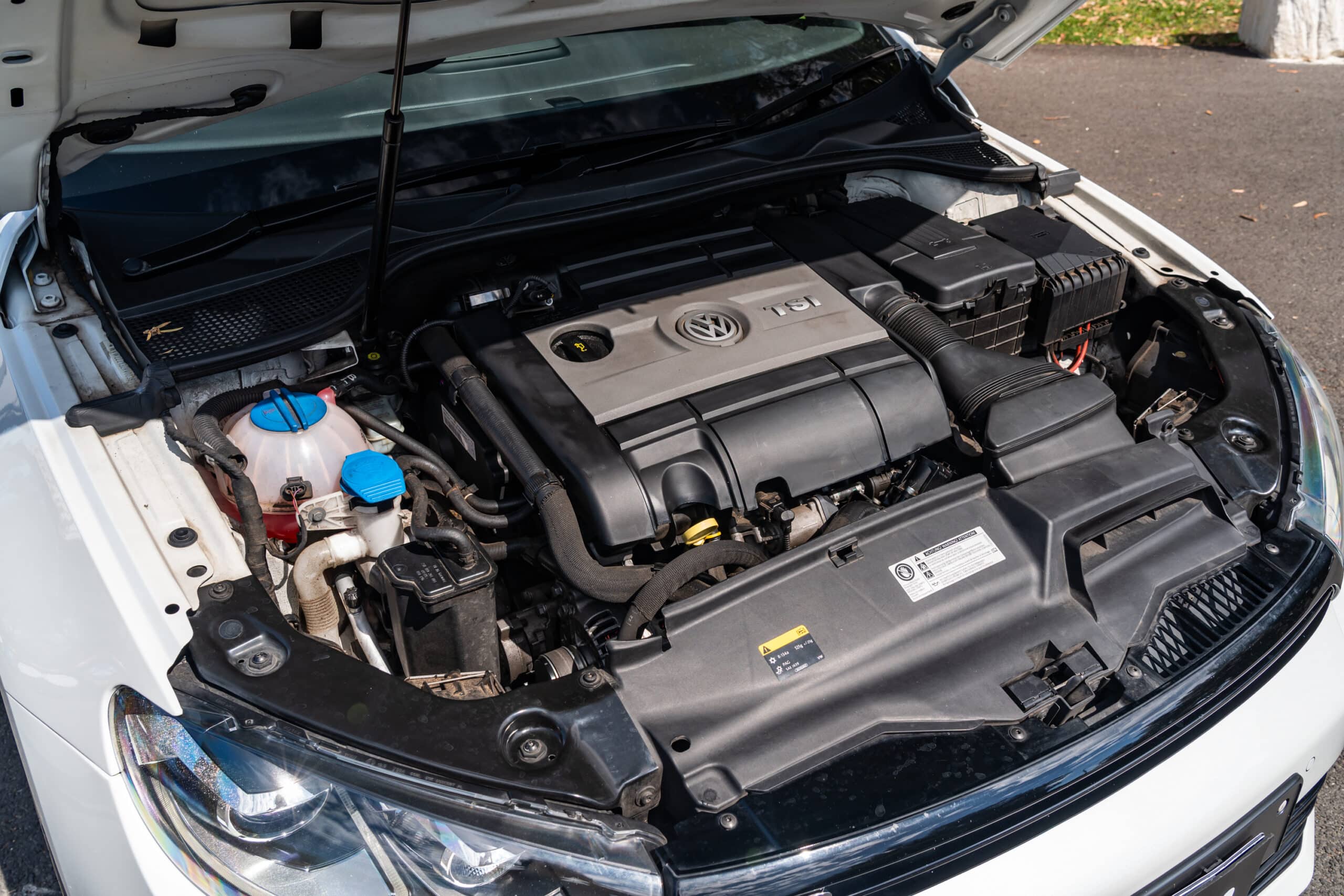
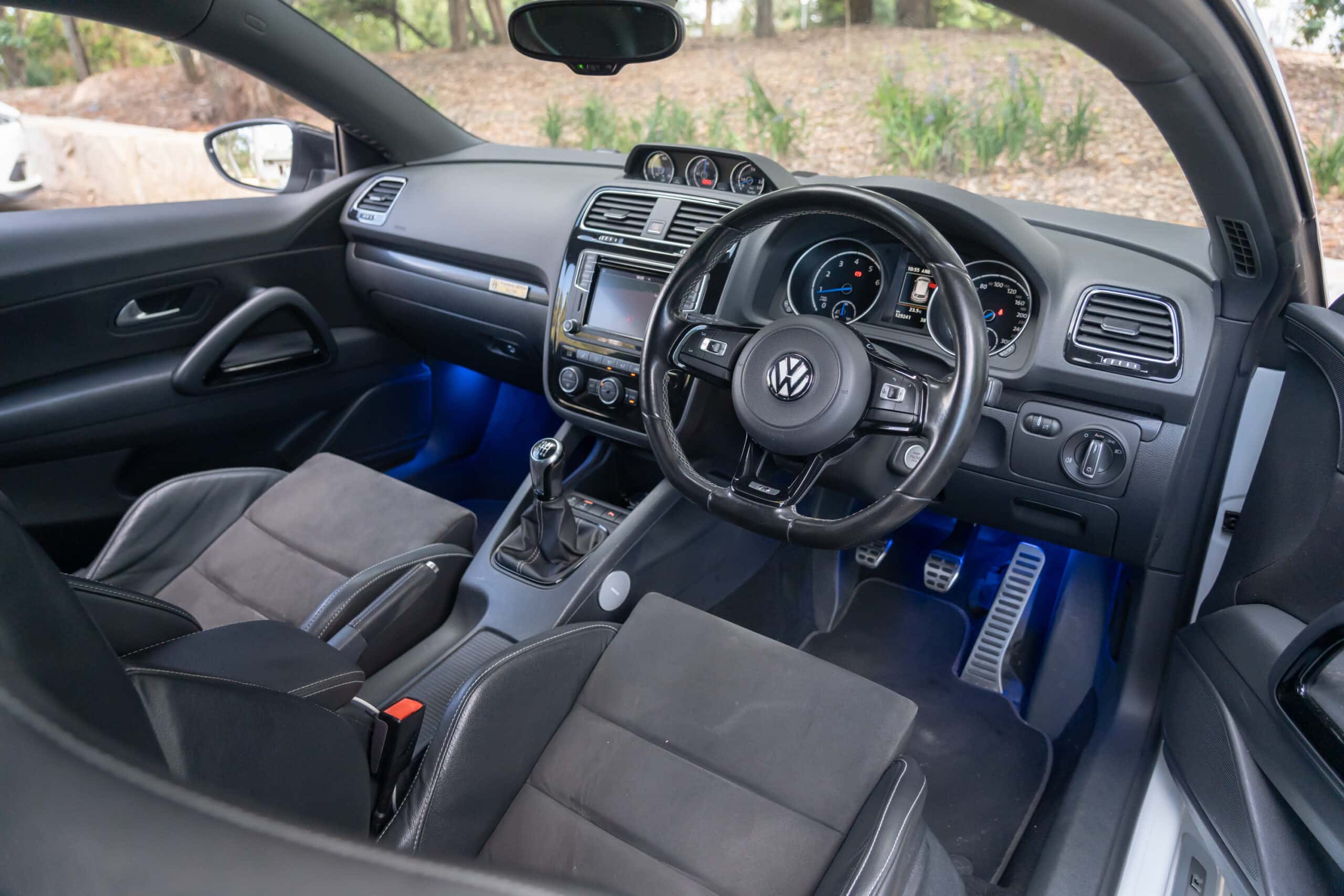

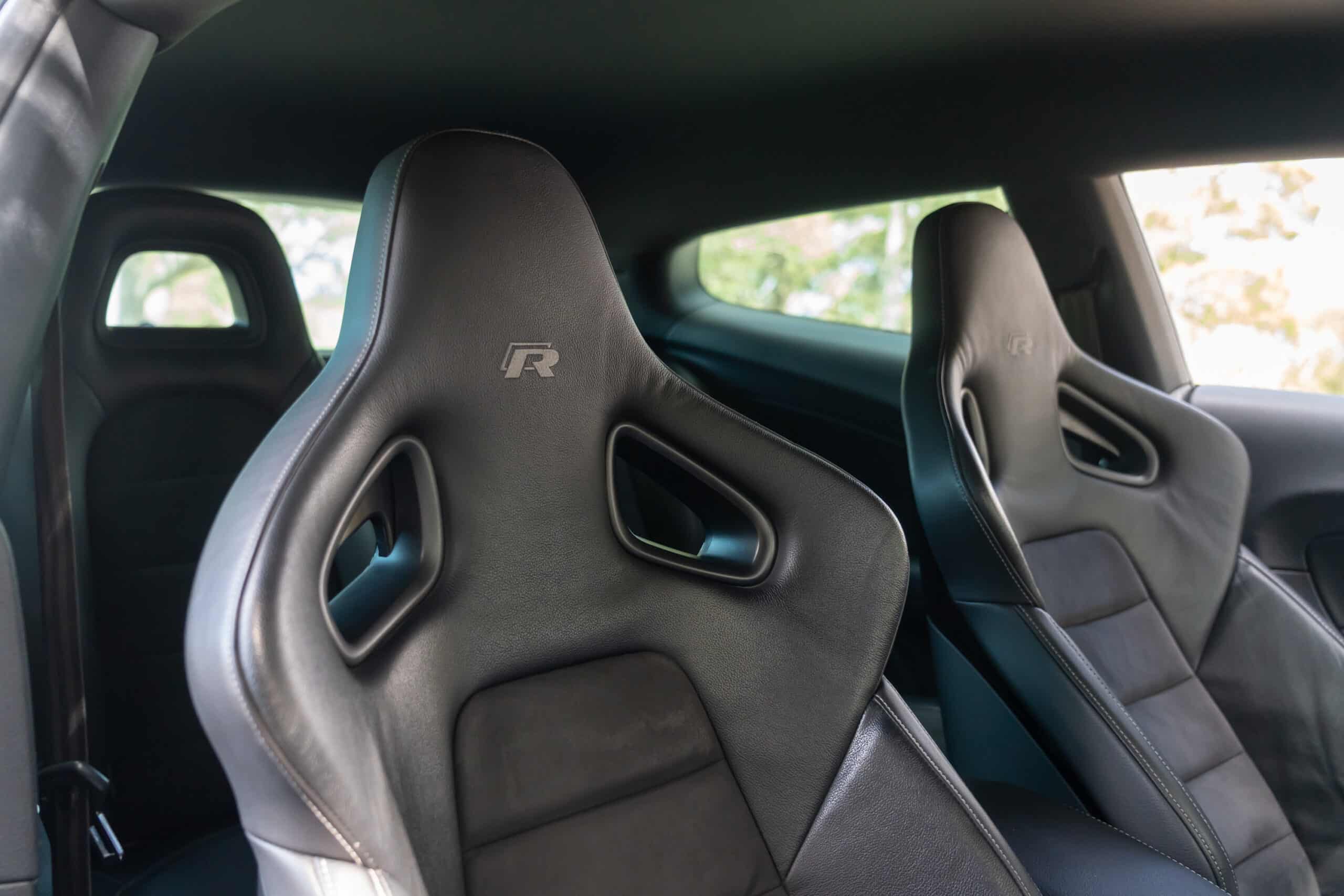
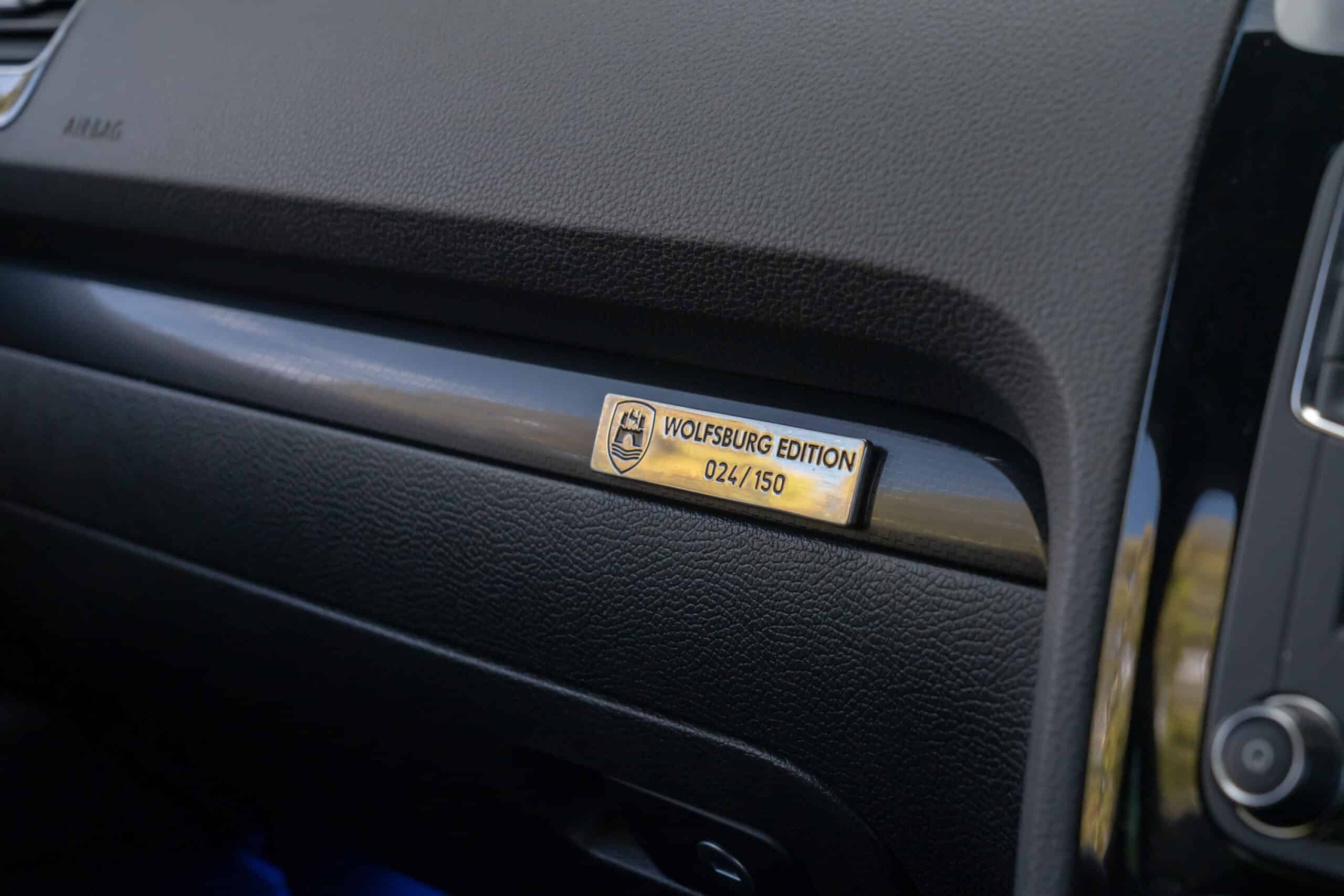


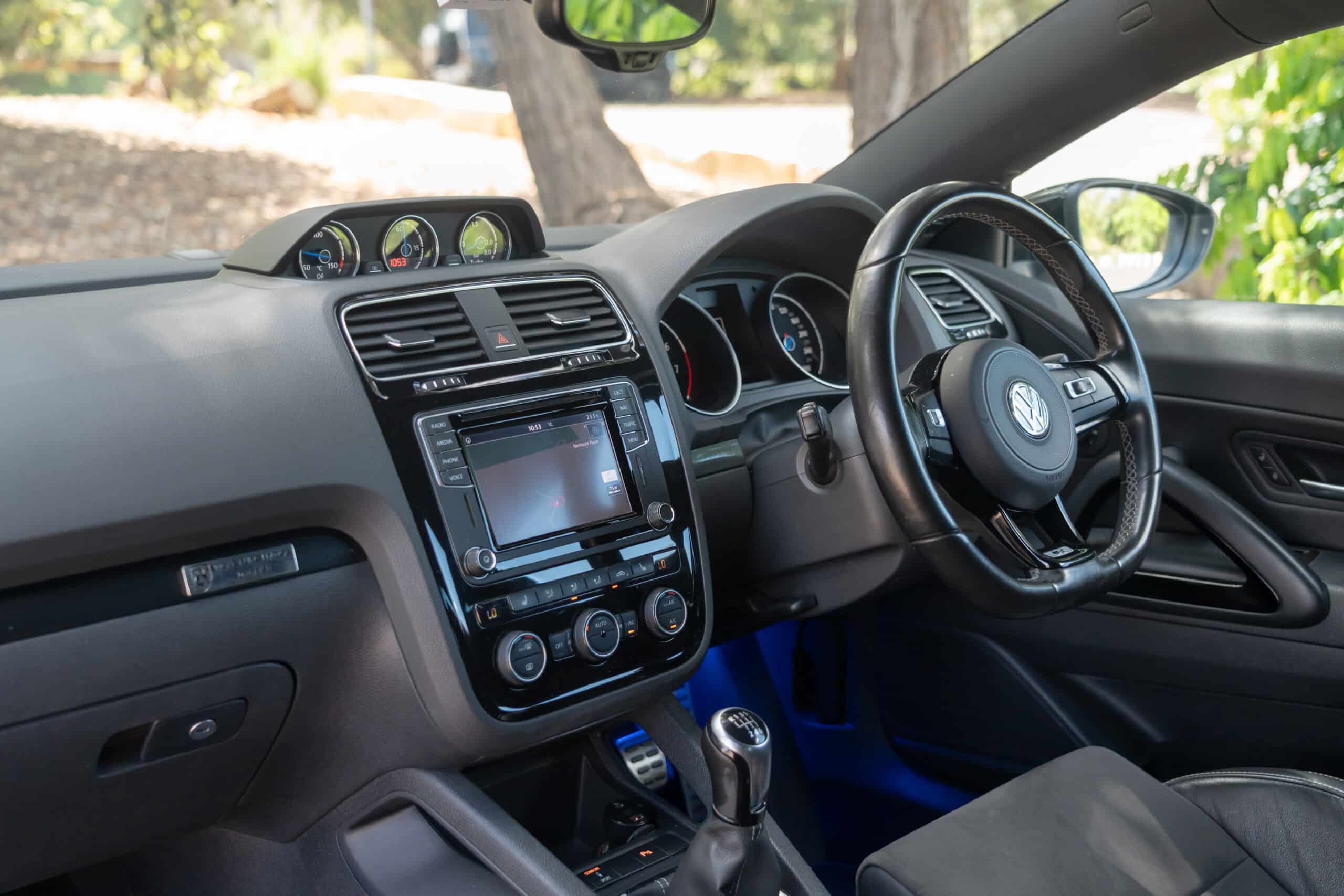
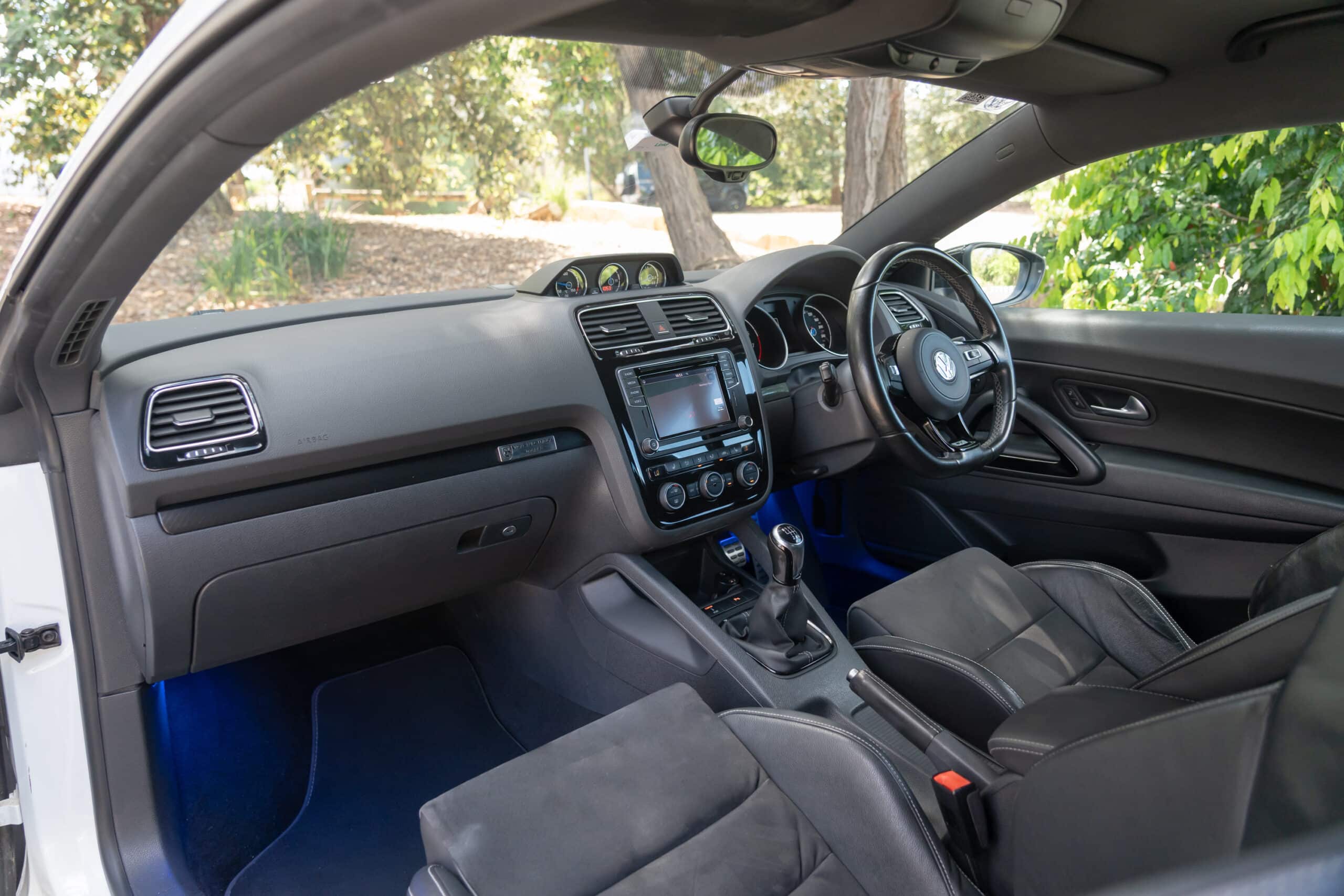
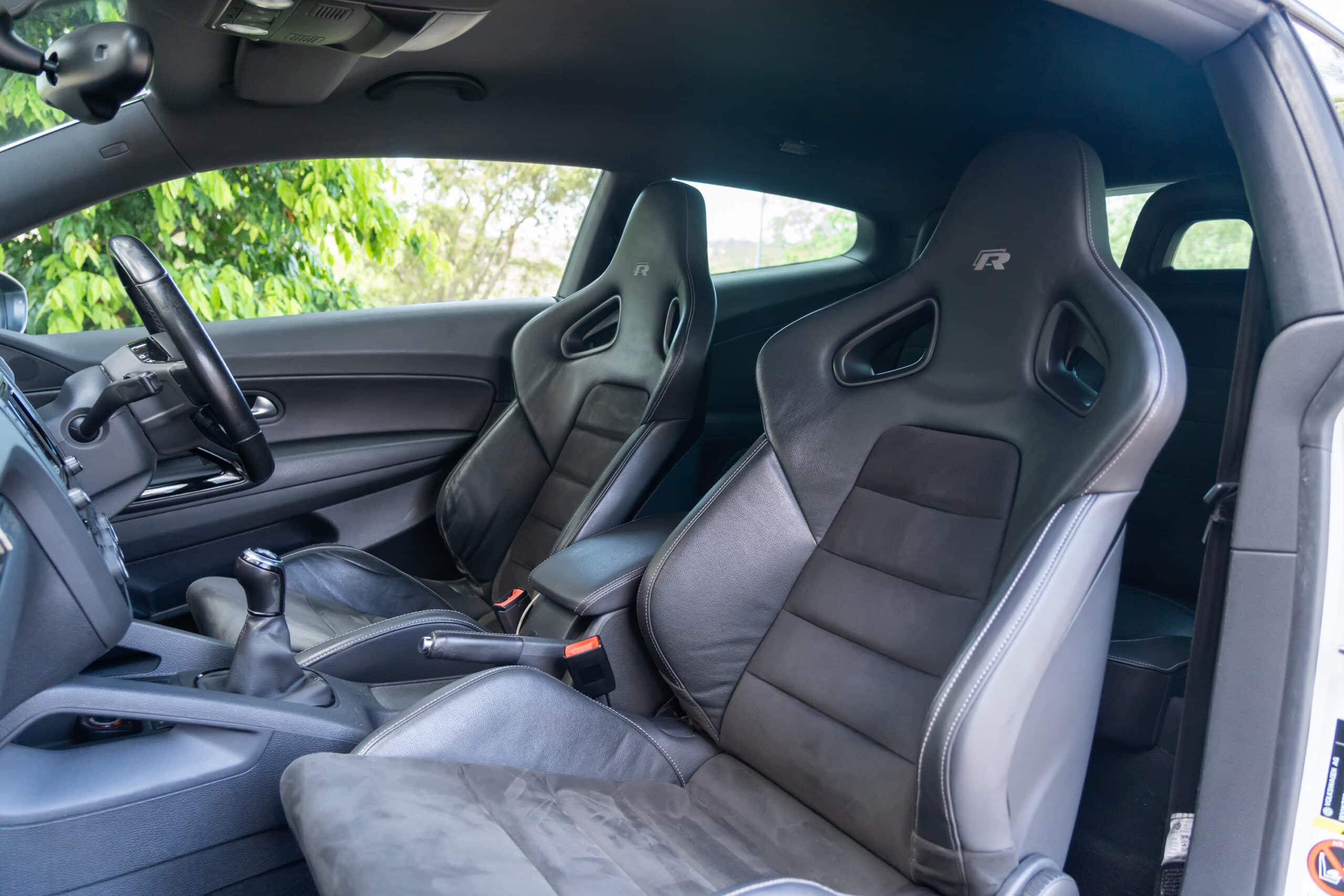
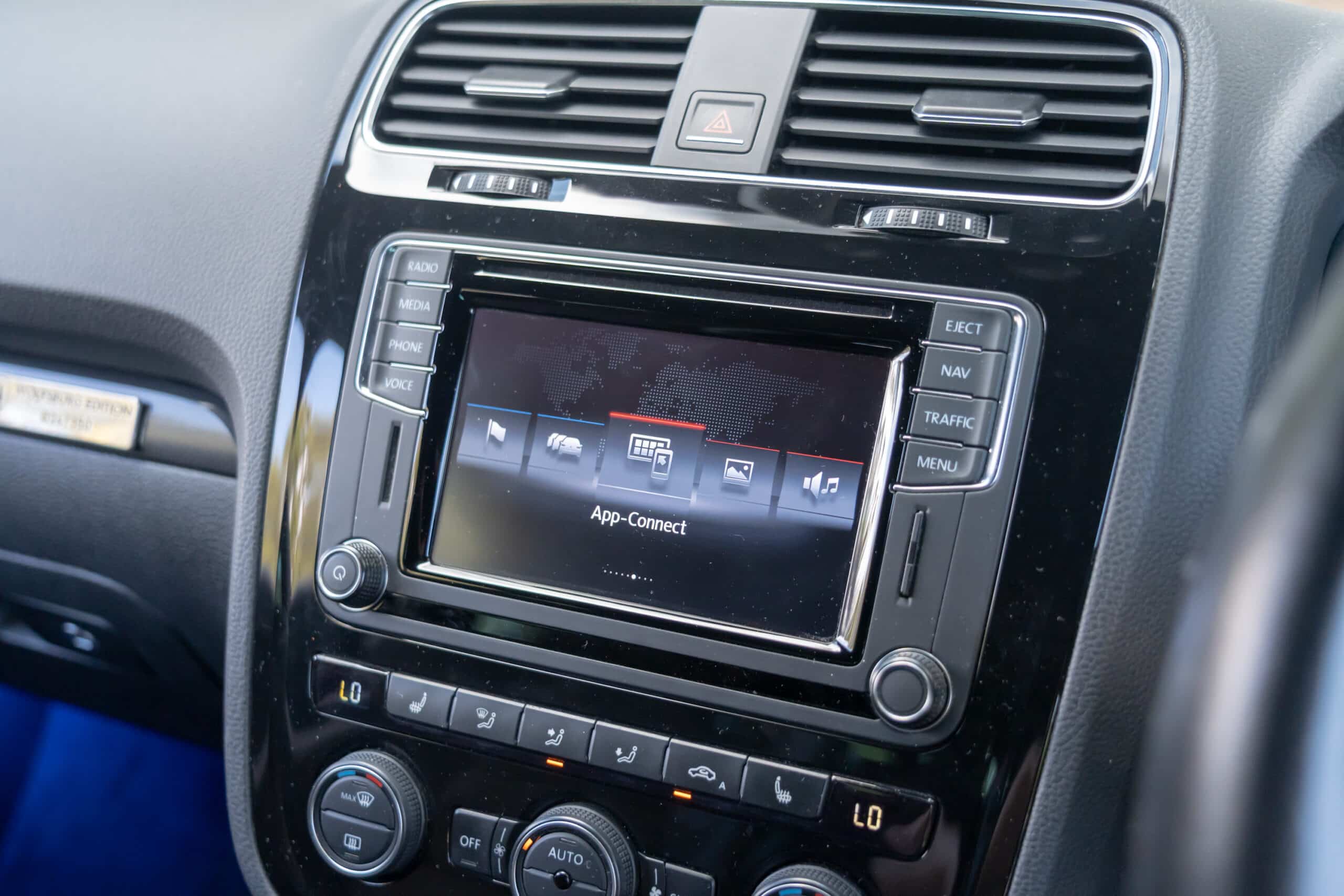





















Exterior Issues:
Typical of European cars of this period, the paintwork can experience surface fade over time, and the exterior plastics can degrade quite early in the car’s life, especially through regular sun exposure in warm climates like Australia.
The Scirocco’s frameless side doors add to its stylish looks, but they can also be responsible for water ingress issues and other electrical problems. The windows automatically lower a small amount when the doors are opened, but some owners report that this function can fail and not return to their original positions as the doors are shut, allowing water to enter – which can then get into electronics inside the door panels.
In colder climates, we heard the glass windows can stick to the rubber door seals, and sometimes tear the seals themselves if the windows don’t lower when the doors are opened. Regular application of lubricant on these sections can remedy this.
Those equipped with powered sunroofs can experience all kinds of issues – from water ingress problems that result in the interior becoming damp (and electronic issues mentioned earlier), to the powered roof mechanisms not functioning properly, which can be quite expensive to resolve.
Another source of potential water ingress – the seals for the rear tailights, which can also experience a number of issues if water enters the electronic components, such as flickering or the bulbs not lighting up at all.
Check that all of the electrical accessories throughout the exterior function normally: do the powered side door mirrors fold in/out? Do the headlights flicker when turned on or not light up at all? Does the central locking and alarm system work? Make sure the fuel filler cap locks and unlocks.
The rear parking sensors – if they collect dirt, debris, or water- can experience issues with their wiring or the control unit responsible for their normal operation.
Ideally, if you do encounter issues with the exterior items that run on electricity, they will be easy and affordable to fix, provided the faults are identified as soon as possible.
Rear tailgate struts can wear out over time, causing the rear hatch to not hold up. Replacement struts are readily available and can easily put this right.
Also, a minor note about the rear tailgate – owners we spoke to mentioned that pre-update Sciroccos had no rear tailgate release on the exterior, meaning it could only be opened through the remote keyfob or from a button inside. Post-update models, though, did include a physical button.
Interior Issues:
Similar to other European cars of his era, the Scirocco’s cabin equipment, especially items that are dependent on electricity to operate, can suffer several sporadic issues.
Air conditioning compressors are known to
Exterior Issues:
Typical of European cars of this period, the paintwork can experience surface fade over time, and the exterior plastics can degrade quite early in the car’s life, especially through regular sun exposure in warm climates like Australia.
The Scirocco’s frameless side doors add to its stylish looks, but they can also be responsible for water ingress issues and other electrical problems. The windows automatically lower a small amount when the doors are opened, but some owners report that this function can fail and not return to their original positions as the doors are shut, allowing water to enter – which can then get into electronics inside the door panels.
In colder climates, we heard the glass windows can stick to the rubber door seals, and sometimes tear the seals themselves if the windows don’t lower when the doors are opened. Regular application of lubricant on these sections can remedy this.
Those equipped with powered sunroofs can experience all kinds of issues – from water ingress problems that result in the interior becoming damp (and electronic issues mentioned earlier), to the powered roof mechanisms not functioning properly, which can be quite expensive to resolve.
Another source of potential water ingress – the seals for the rear tailights, which can also experience a number of issues if water enters the electronic components, such as flickering or the bulbs not lighting up at all.
Check that all of the electrical accessories throughout the exterior function normally: do the powered side door mirrors fold in/out? Do the headlights flicker when turned on or not light up at all? Does the central locking and alarm system work? Make sure the fuel filler cap locks and unlocks.
The rear parking sensors – if they collect dirt, debris, or water- can experience issues with their wiring or the control unit responsible for their normal operation.
Ideally, if you do encounter issues with the exterior items that run on electricity, they will be easy and affordable to fix, provided the faults are identified as soon as possible.
Rear tailgate struts can wear out over time, causing the rear hatch to not hold up. Replacement struts are readily available and can easily put this right.
Also, a minor note about the rear tailgate – owners we spoke to mentioned that pre-update Sciroccos had no rear tailgate release on the exterior, meaning it could only be opened through the remote keyfob or from a button inside. Post-update models, though, did include a physical button.
Interior Issues:
Similar to other European cars of his era, the Scirocco’s cabin equipment, especially items that are dependent on electricity to operate, can suffer several sporadic issues.
Air conditioning compressors are known to fail, and when they go out, clear signs include if the A/C system is switched on, but little to no cold air blows out the vents, or you just feel warm air blowing onto you.
The steering wheel controls’ electronic connections can wear out over time, causing the multi-function controls, the side-mounted paddle shifters, and even the horn to operate intermittently.
The electronics responsible for the gear selector on those with the DSG automatic can also have issues: not allowing you to select a gear, or not allowing you to engage ‘Park’, which prevents you from taking the key out of the ignition.
The factory VW infotainment system is limited in terms of modern cabin infotainment these days – initially these came with basics like a CD player, AM/FM Radio, iPod/MP3/USB connectivity, and Bluetooth hands-free (but no audio connectivity, especially on very early pre-facelift models). Even on the post-update models with systems that had slightly more features, including a reversing camera, given the age of this car now, these original head units are far behind in terms of what they offer.
There are plenty of aftermarket systems that can bring the Scirocco’s infotainment features up to modern standards, including units that retain the original VW OEM headunit appearance, but feature a far more advanced UI, Apple CarPlay/Android Auto connectivity, as well as a better resolution rear view camera, or for the VW purists, owners have said even a later model (MK7) Golf infotainment headunit can be retrofitted.
The interior roof lining can also start to sag and loosen over time.
Being a 2010s-era VW, expect the interior plastics to rattle or become brittle due to age and use – check sections like the lower/upper dashboard panels, door handles, and centre sections are holding up fine, as well as the buttons and switchgear to see if they’re still solid or if their labels are not peeling off (which can be easily replaced if they do require some touch ups).
Check the leather seat upholstery on the sports-style seats is intact and the side bolsters are supportive, as well as the sporty leather-wrapped steering wheel, for any glossy or sticky surfaces. If the upholstery does appear very worn, there are plenty of solutions to refurbish the original leather material, or even upgrade to more premium alcantara upholstery.
If they come equipped, check the centre dashboard-mounted gauges function normally, as well as the instrument cluster with its backlight displays, and the LCD multi-function display has no missing pixels.
Mechanical issues:
Engine:
All of the Australian-delivered Volkswagen Sciroccos, pre- and post-facelift, came with the EA113 version of Volkswagen’s ‘TSI’ 2.0L turbocharged four-cylinder. Compared to the EA888 featured on other VWs, this version of the four-pot is considered the more ‘reliable’ of the two, as it features a less complex design.
Much of this is due to the fact that it uses a timing belt, rather than a timing chain. It’s recommended to change this belt every 105,000 km or 7 years, whichever comes first.
Adding to the EA113’s strengths, this timing belt also drives the water pump, so it can also be replaced at the same time when the belt is due for service and the pump itself is a relatively inexpensive part; unlike in the EA888, where the water pump is a much more complex unit, is notorious for failing and is more costly to replace by itself.
The EA113 isn’t entirely bulletproof. Early iterations of the engine were known for issues involving their high-pressure pump cam followers, with fuel pressure fault codes being one of the first indicators, but this is an easy fix to perform.
The turbo diverter valve is also a common fault – the seal can just give out, resulting in boost pressure regulation codes.
PCV valves can also fail occasionally – telltale signs are lean/misfire codes, as well at times, an odd ‘sucking’ humming sound. If this sound stops when the oil dipstick is removed, it’s a clear sign the PCV valve has issues. Difficulties generating, or no turbo boost being generated, are also a sign of PCV valve issues.
These four-cylinder turbocharged engines have a lot of tuning potential and can handle extra boost, or more powerful engine tuning, but as with modifying any car to push out more power – ensure all of the mods/tuning are done correctly and within the powertrain’s limits. Unless you want to run the costly risk of damaging or totalling the engine.
Provided these are routinely serviced to schedule and not too abused by extravagant driving, this engine can be quite reliable in the long run.
Transmissions:
The DSG dual-clutch automatics, as we’ve mentioned in other reviews of Volkswagen Group models, are no strangers to issues.
While on a test drive, check for any loud noises/clunks when it’s changing gear or shuddering sensations when moving from stationary, all of which point to signs that something is wrong with the DSG transmission. As a dual-clutch, gear changes should happen quickly, whether performed by the transmission itself or through the paddle shifters/manual-shift gate.
Delayed gear changes, odd gear shifts or gears not being selected at all, as well as abnormal vibrations at low speeds/while stationary, and, of course, warning lights/error messages appearing on the dashboard are just some of the signs of a problematic DSG transmission.
Other common faults can include accumulator issues, mechatronic issues, faults with the clutches themselves, as well as various electronic issues. Do your research and you will be able to find repair kits from aftermarket brands.
Recommended servicing for the DSGs is every 60,000 km, but even on well-maintained examples, we’ve heard these can still experience the same issues previously mentioned.
It’s worth highlighting that driving style can also play a big role in the integrity of the DSG transmission – hard launches, aggressive downshifting, will definitely reduce the transmission’s lifespan.
If you find one equipped with a six-speed manual, the good news is that it should be less prone to issues – provided it hasn’t been subjected to any rough gear changes from aspiring racing drivers, and all of its relevant components have been maintained regularly. Though do keep an eye on the dual mass flywheel, which tends to fail before the clutch itself goes out.
Drivetrain:
Adaptive Dampers (known as Dynamic Chassis Control) were one of the highlighted features heavily marketed on these cars and were quite advanced at their prime, but nowadays they will be very costly to replace per unit. Many owners opt to replace the suspension with aftermarket suspension kits, which, according to most owners, tend to perform better than the standard VW adaptive dampers.
Even on Sciroccos that don’t feature adaptive damping, it’s very likely that suspension parts will require replacing, especially in the rear. The rear struts can leak, and fluid can build up within the cup that holds the rear springs, which can lead to these components corroding and even cause them to snap off completely.
Owners also recommend installing performance-grade tyres and performing four-wheel alignments regularly – which can play a big role in how these drive. It can greatly improve the setup, especially if the handling feels slightly off or if you experience uneven tyre wear.
But given the Scirocco’s setup from the factory, some owners note these can go through a lot of tyres regardless of whether an alignment has been done, especially if driven hard as VW’s engineers intended.
Another item many owners recommend exploring aftermarket options for is the suspension bushings – reportedly the factory bushings weren’t optimised for a sporty handling setup, but even something as simple as aftermarket bushings can greatly sharpen the handling.
Exterior Issues:
Typical of European cars of this period, the paintwork can experience surface fade over time, and the exterior plastics can degrade quite early in the car’s life, especially through regular sun exposure in warm climates like Australia.
The Scirocco’s frameless side doors add to its stylish looks, but they can also be responsible for water ingress issues and other electrical problems. The windows automatically lower a small amount when the doors are opened, but some owners report that this function can fail and not return to their original positions as the doors are shut, allowing water to enter – which can then get into electronics inside the door panels.
In colder climates, we heard the glass windows can stick to the rubber door seals, and sometimes tear the seals themselves if the windows don’t lower when the doors are opened. Regular application of lubricant on these sections can remedy this.
Those equipped with powered sunroofs can experience all kinds of issues – from water ingress problems that result in the interior becoming damp (and electronic issues mentioned earlier), to the powered roof mechanisms not functioning properly, which can be quite expensive to resolve.
Another source of potential water ingress – the seals for the rear tailights, which can also experience a number of issues if water enters the electronic components, such as flickering or the bulbs not lighting up at all.
Check that all of the electrical accessories throughout the exterior function normally: do the powered side door mirrors fold in/out? Do the headlights flicker when turned on or not light up at all? Does the central locking and alarm system work? Make sure the fuel filler cap locks and unlocks.
The rear parking sensors – if they collect dirt, debris, or water- can experience issues with their wiring or the control unit responsible for their normal operation.
Ideally, if you do encounter issues with the exterior items that run on electricity, they will be easy and affordable to fix, provided the faults are identified as soon as possible.
Rear tailgate struts can wear out over time, causing the rear hatch to not hold up. Replacement struts are readily available and can easily put this right.
Also, a minor note about the rear tailgate – owners we spoke to mentioned that pre-update Sciroccos had no rear tailgate release on the exterior, meaning it could only be opened through the remote keyfob or from a button inside. Post-update models, though, did include a physical button.
Interior Issues:
Similar to other European cars of his era, the Scirocco’s cabin equipment, especially items that are dependent on electricity to operate, can suffer several sporadic issues.
Air conditioning compressors are known to fail, and when they go out, clear signs include if the A/C system is switched on, but little to no cold air blows out the vents, or you just feel warm air blowing onto you.
The steering wheel controls’ electronic connections can wear out over time, causing the multi-function controls, the side-mounted paddle shifters, and even the horn to operate intermittently.
The electronics responsible for the gear selector on those with the DSG automatic can also have issues: not allowing you to select a gear, or not allowing you to engage ‘Park’, which prevents you from taking the key out of the ignition.
The factory VW infotainment system is limited in terms of modern cabin infotainment these days – initially these came with basics like a CD player, AM/FM Radio, iPod/MP3/USB connectivity, and Bluetooth hands-free (but no audio connectivity, especially on very early pre-facelift models). Even on the post-update models with systems that had slightly more features, including a reversing camera, given the age of this car now, these original head units are far behind in terms of what they offer.
There are plenty of aftermarket systems that can bring the Scirocco’s infotainment features up to modern standards, including units that retain the original VW OEM headunit appearance, but feature a far more advanced UI, Apple CarPlay/Android Auto connectivity, as well as a better resolution rear view camera, or for the VW purists, owners have said even a later model (MK7) Golf infotainment headunit can be retrofitted.
The interior roof lining can also start to sag and loosen over time.
Being a 2010s-era VW, expect the interior plastics to rattle or become brittle due to age and use – check sections like the lower/upper dashboard panels, door handles, and centre sections are holding up fine, as well as the buttons and switchgear to see if they’re still solid or if their labels are not peeling off (which can be easily replaced if they do require some touch ups).
Check the leather seat upholstery on the sports-style seats is intact and the side bolsters are supportive, as well as the sporty leather-wrapped steering wheel, for any glossy or sticky surfaces. If the upholstery does appear very worn, there are plenty of solutions to refurbish the original leather material, or even upgrade to more premium alcantara upholstery.
If they come equipped, check the centre dashboard-mounted gauges function normally, as well as the instrument cluster with its backlight displays, and the LCD multi-function display has no missing pixels.
Mechanical issues:
Engine:
All of the Australian-delivered Volkswagen Sciroccos, pre- and post-facelift, came with the EA113 version of Volkswagen’s ‘TSI’ 2.0L turbocharged four-cylinder. Compared to the EA888 featured on other VWs, this version of the four-pot is considered the more ‘reliable’ of the two, as it features a less complex design.
Much of this is due to the fact that it uses a timing belt, rather than a timing chain. It’s recommended to change this belt every 105,000 km or 7 years, whichever comes first.
Adding to the EA113’s strengths, this timing belt also drives the water pump, so it can also be replaced at the same time when the belt is due for service and the pump itself is a relatively inexpensive part; unlike in the EA888, where the water pump is a much more complex unit, is notorious for failing and is more costly to replace by itself.
The EA113 isn’t entirely bulletproof. Early iterations of the engine were known for issues involving their high-pressure pump cam followers, with fuel pressure fault codes being one of the first indicators, but this is an easy fix to perform.
The turbo diverter valve is also a common fault – the seal can just give out, resulting in boost pressure regulation codes.
PCV valves can also fail occasionally – telltale signs are lean/misfire codes, as well at times, an odd ‘sucking’ humming sound. If this sound stops when the oil dipstick is removed, it’s a clear sign the PCV valve has issues. Difficulties generating, or no turbo boost being generated, are also a sign of PCV valve issues.
These four-cylinder turbocharged engines have a lot of tuning potential and can handle extra boost, or more powerful engine tuning, but as with modifying any car to push out more power – ensure all of the mods/tuning are done correctly and within the powertrain’s limits. Unless you want to run the costly risk of damaging or totalling the engine.
Provided these are routinely serviced to schedule and not too abused by extravagant driving, this engine can be quite reliable in the long run.
Transmissions:
The DSG dual-clutch automatics, as we’ve mentioned in other reviews of Volkswagen Group models, are no strangers to issues.
While on a test drive, check for any loud noises/clunks when it’s changing gear or shuddering sensations when moving from stationary, all of which point to signs that something is wrong with the DSG transmission. As a dual-clutch, gear changes should happen quickly, whether performed by the transmission itself or through the paddle shifters/manual-shift gate.
Delayed gear changes, odd gear shifts or gears not being selected at all, as well as abnormal vibrations at low speeds/while stationary, and, of course, warning lights/error messages appearing on the dashboard are just some of the signs of a problematic DSG transmission.
Other common faults can include accumulator issues, mechatronic issues, faults with the clutches themselves, as well as various electronic issues. Do your research and you will be able to find repair kits from aftermarket brands.
Recommended servicing for the DSGs is every 60,000 km, but even on well-maintained examples, we’ve heard these can still experience the same issues previously mentioned.
It’s worth highlighting that driving style can also play a big role in the integrity of the DSG transmission – hard launches, aggressive downshifting, will definitely reduce the transmission’s lifespan.
If you find one equipped with a six-speed manual, the good news is that it should be less prone to issues – provided it hasn’t been subjected to any rough gear changes from aspiring racing drivers, and all of its relevant components have been maintained regularly. Though do keep an eye on the dual mass flywheel, which tends to fail before the clutch itself goes out.
Drivetrain:
Adaptive Dampers (known as Dynamic Chassis Control) were one of the highlighted features heavily marketed on these cars and were quite advanced at their prime, but nowadays they will be very costly to replace per unit. Many owners opt to replace the suspension with aftermarket suspension kits, which, according to most owners, tend to perform better than the standard VW adaptive dampers.
Even on Sciroccos that don’t feature adaptive damping, it’s very likely that suspension parts will require replacing, especially in the rear. The rear struts can leak, and fluid can build up within the cup that holds the rear springs, which can lead to these components corroding and even cause them to snap off completely.
Owners also recommend installing performance-grade tyres and performing four-wheel alignments regularly – which can play a big role in how these drive. It can greatly improve the setup, especially if the handling feels slightly off or if you experience uneven tyre wear.
But given the Scirocco’s setup from the factory, some owners note these can go through a lot of tyres regardless of whether an alignment has been done, especially if driven hard as VW’s engineers intended.
Another item many owners recommend exploring aftermarket options for is the suspension bushings – reportedly the factory bushings weren’t optimised for a sporty handling setup, but even something as simple as aftermarket bushings can greatly sharpen the handling.
Prices for the MK3 Scirocco in Australia start from less than $10,000, while the most pristine examples available will begin under $40,000.
The price point for the VW Scirocco is what makes it especially attractive, and add to why it’s worth considering – the Volkswagen Scirocco offers everything mechanically that makes the Golf GTI an exciting car to drive, but with a far more attractive coupe body and styling that has aged gracefully.
On top of this, it’s a very well-balanced car that nails a great medium between an engaging sports car and a comfortable, easy-to-use daily driver, which is also fairly practical for a coupe. Plus, compared to many of its competitors, the VW Scirocco is far more accessible price-wise, yet offers quite a lot of car for your money.
Alternatives from Europe, such as the Renault Megane, Ford Fiesta ST, or even the Scirocco’s closest VW Group sibling, the Audi TT, as well as some Japanese sports compacts like the Toyota GT86/Subaru BRZ, Honda Civic Type R, and Suzuki Swift Sport, are enticing in their own ways, but none come close to the best all-round package that the Scirocco offers.
Plus, a MK6/7-generation Volkswagen Golf GTI or R can ask for around 10-20% premium above the prices for an equivalent MK3 Scirocco, be it a standard model or one of the top-line Scirocco R models.
Plus, while most VW Golfs have become a very popular platform to tune and modify (with some subject to less than desirable modifications,
Prices for the MK3 Scirocco in Australia start from less than $10,000, while the most pristine examples available will begin under $40,000.
The price point for the VW Scirocco is what makes it especially attractive, and add to why it’s worth considering – the Volkswagen Scirocco offers everything mechanically that makes the Golf GTI an exciting car to drive, but with a far more attractive coupe body and styling that has aged gracefully.
On top of this, it’s a very well-balanced car that nails a great medium between an engaging sports car and a comfortable, easy-to-use daily driver, which is also fairly practical for a coupe. Plus, compared to many of its competitors, the VW Scirocco is far more accessible price-wise, yet offers quite a lot of car for your money.
Alternatives from Europe, such as the Renault Megane, Ford Fiesta ST, or even the Scirocco’s closest VW Group sibling, the Audi TT, as well as some Japanese sports compacts like the Toyota GT86/Subaru BRZ, Honda Civic Type R, and Suzuki Swift Sport, are enticing in their own ways, but none come close to the best all-round package that the Scirocco offers.
Plus, a MK6/7-generation Volkswagen Golf GTI or R can ask for around 10-20% premium above the prices for an equivalent MK3 Scirocco, be it a standard model or one of the top-line Scirocco R models.
Plus, while most VW Golfs have become a very popular platform to tune and modify (with some subject to less than desirable modifications, driving styles, or questionable tuning), most examples of used VW Sciroccos have avoided this same fate and should be more likely to have been well looked after and in a cleaner state than their Golf counterparts.
That doesn’t mean the Scirocco lacks the aftermarket support of its VW siblings. Far from it, there is a great amount of aftermarket parts available that many owners recommend and encourage investing in if you want to make this coupe handle, drive, or look better to more up-to-date standards, as well as solutions to improve the original refinement and overall build quality.
Just ensure the modifications are done professionally, and that they won’t potentially jeopardise the standard drivability, whether it be under the bonnet or among the running gear components.
Given the age of this car now, it will require some TLC, but if you’re willing to put in the time and money, and a pre-purchase inspection finds no serious issues or problems, the Scirocco is deserving of a spot on your short list if you’re looking for an affordable all-rounder that delivers an engaging driving experience. Bonus points if you can find one with a manual transmission.
Prices for the MK3 Scirocco in Australia start from less than $10,000, while the most pristine examples available will begin under $40,000.
The price point for the VW Scirocco is what makes it especially attractive, and add to why it’s worth considering – the Volkswagen Scirocco offers everything mechanically that makes the Golf GTI an exciting car to drive, but with a far more attractive coupe body and styling that has aged gracefully.
On top of this, it’s a very well-balanced car that nails a great medium between an engaging sports car and a comfortable, easy-to-use daily driver, which is also fairly practical for a coupe. Plus, compared to many of its competitors, the VW Scirocco is far more accessible price-wise, yet offers quite a lot of car for your money.
Alternatives from Europe, such as the Renault Megane, Ford Fiesta ST, or even the Scirocco’s closest VW Group sibling, the Audi TT, as well as some Japanese sports compacts like the Toyota GT86/Subaru BRZ, Honda Civic Type R, and Suzuki Swift Sport, are enticing in their own ways, but none come close to the best all-round package that the Scirocco offers.
Plus, a MK6/7-generation Volkswagen Golf GTI or R can ask for around 10-20% premium above the prices for an equivalent MK3 Scirocco, be it a standard model or one of the top-line Scirocco R models.
Plus, while most VW Golfs have become a very popular platform to tune and modify (with some subject to less than desirable modifications, driving styles, or questionable tuning), most examples of used VW Sciroccos have avoided this same fate and should be more likely to have been well looked after and in a cleaner state than their Golf counterparts.
That doesn’t mean the Scirocco lacks the aftermarket support of its VW siblings. Far from it, there is a great amount of aftermarket parts available that many owners recommend and encourage investing in if you want to make this coupe handle, drive, or look better to more up-to-date standards, as well as solutions to improve the original refinement and overall build quality.
Just ensure the modifications are done professionally, and that they won’t potentially jeopardise the standard drivability, whether it be under the bonnet or among the running gear components.
Given the age of this car now, it will require some TLC, but if you’re willing to put in the time and money, and a pre-purchase inspection finds no serious issues or problems, the Scirocco is deserving of a spot on your short list if you’re looking for an affordable all-rounder that delivers an engaging driving experience. Bonus points if you can find one with a manual transmission.
Have ultimate peace of mind when buying a used car by purchasing an official PPSR report.
Please note that pricing information is subject to fluctuations in the automotive market.
Information correct as of November 2, 2025.
The advice provided on this website is general advice only. It has been prepared without taking into account your objectives, financial situation or needs. Before acting on this advice, you should consider the appropriateness of the advice, having regard to your own objectives, financial situation and needs.
Read our full terms and conditions here.
You are the best, the content in your videos is so helpful, delivered in a great way. Please keep going as for sure you are unique in every way. All the best from Guatemala
L. G. - YouTube
You guys have truly found something wonderful… Loved this channel ever since from the beginning… Will support you guys as long as you guys keep making these wonderful car reviews…
Calvin - YouTube
This is probably the best channel I have ever seen when reviewing vehicles. New or old. The honesty is so appreciated. I’ve been a mechanic for 20 years and I find it very informative when looking for a vehicle for my daughter. Keep up the awesome work.
Jason T. - YouTube
© 2025 ReDriven All Rights Reserved